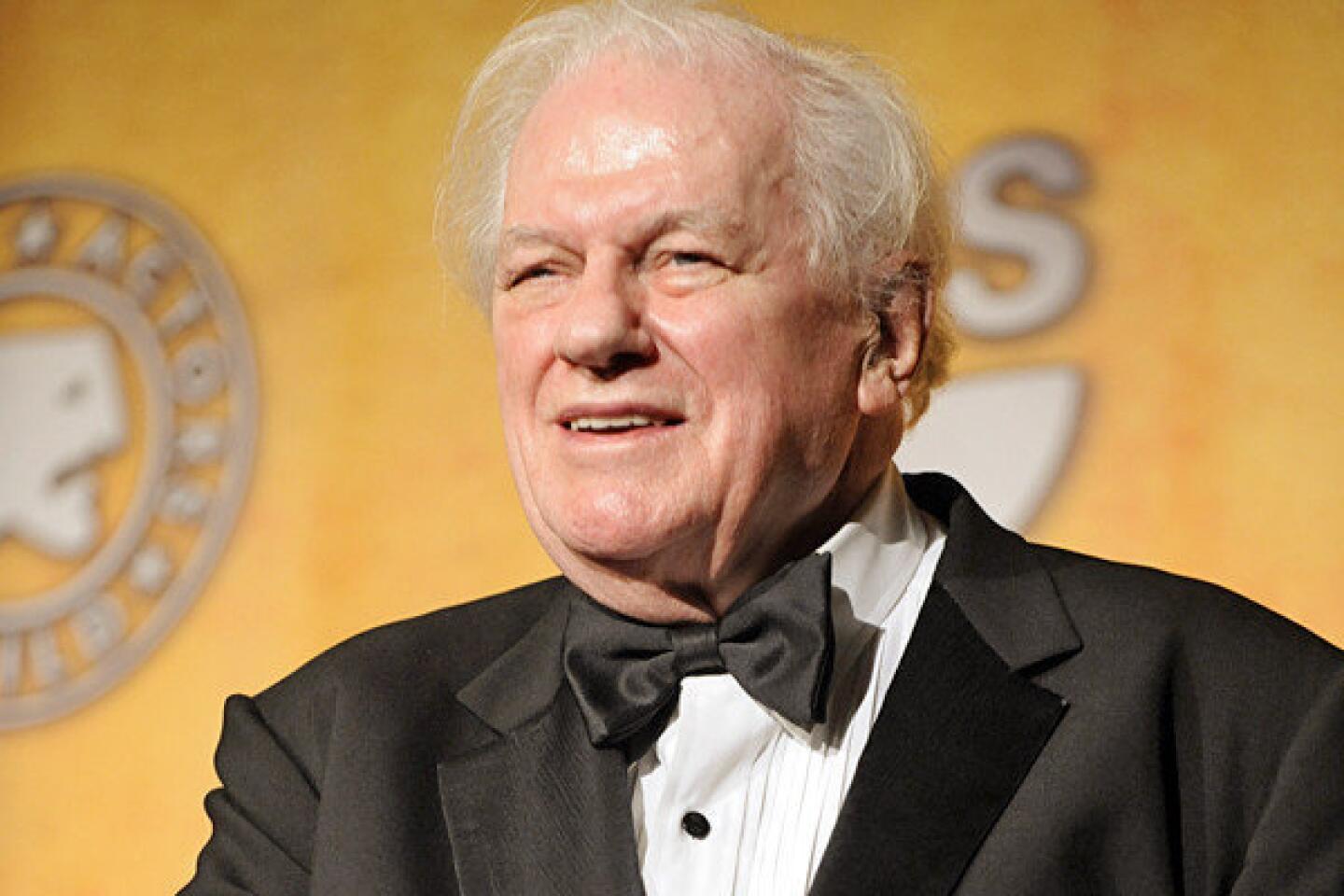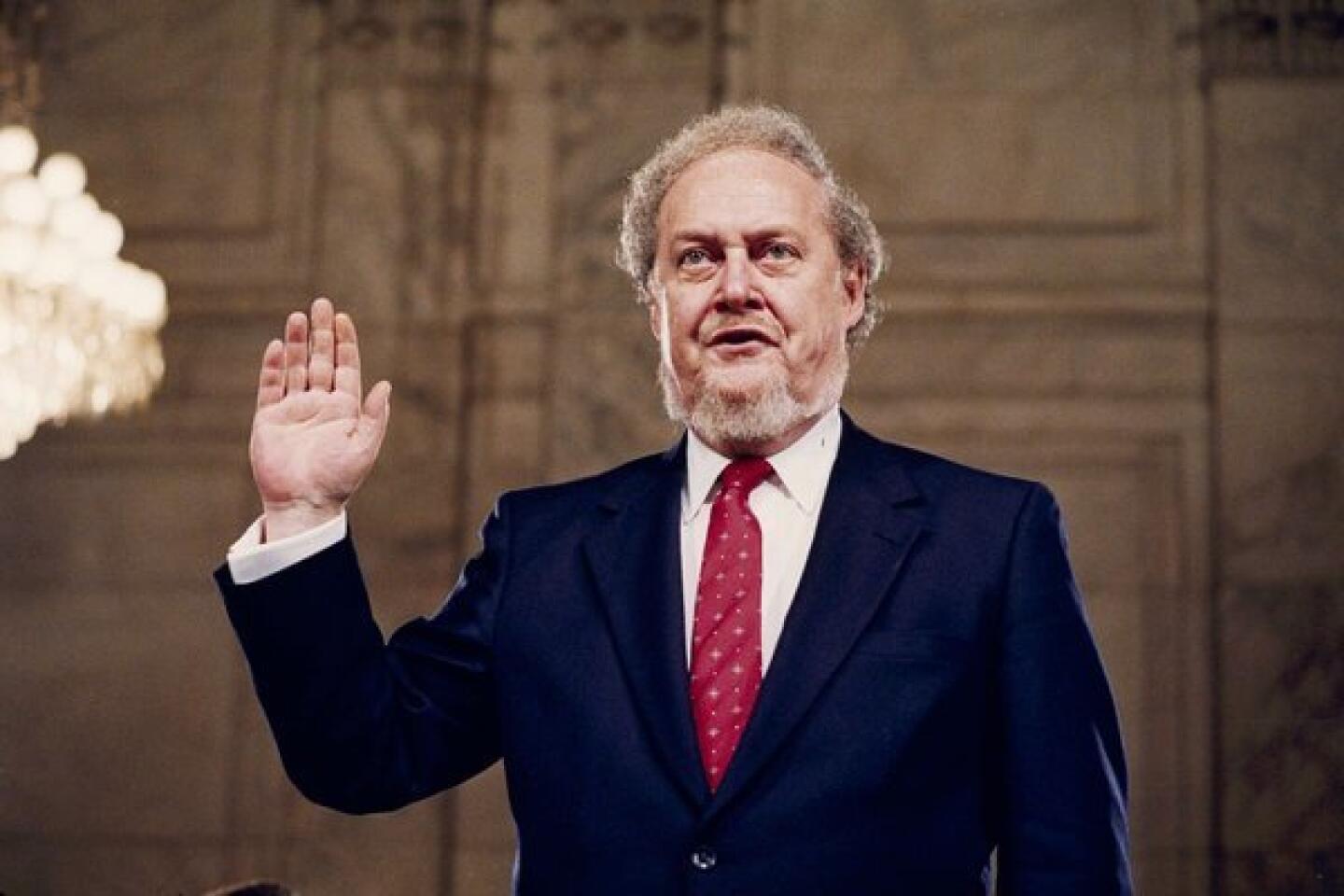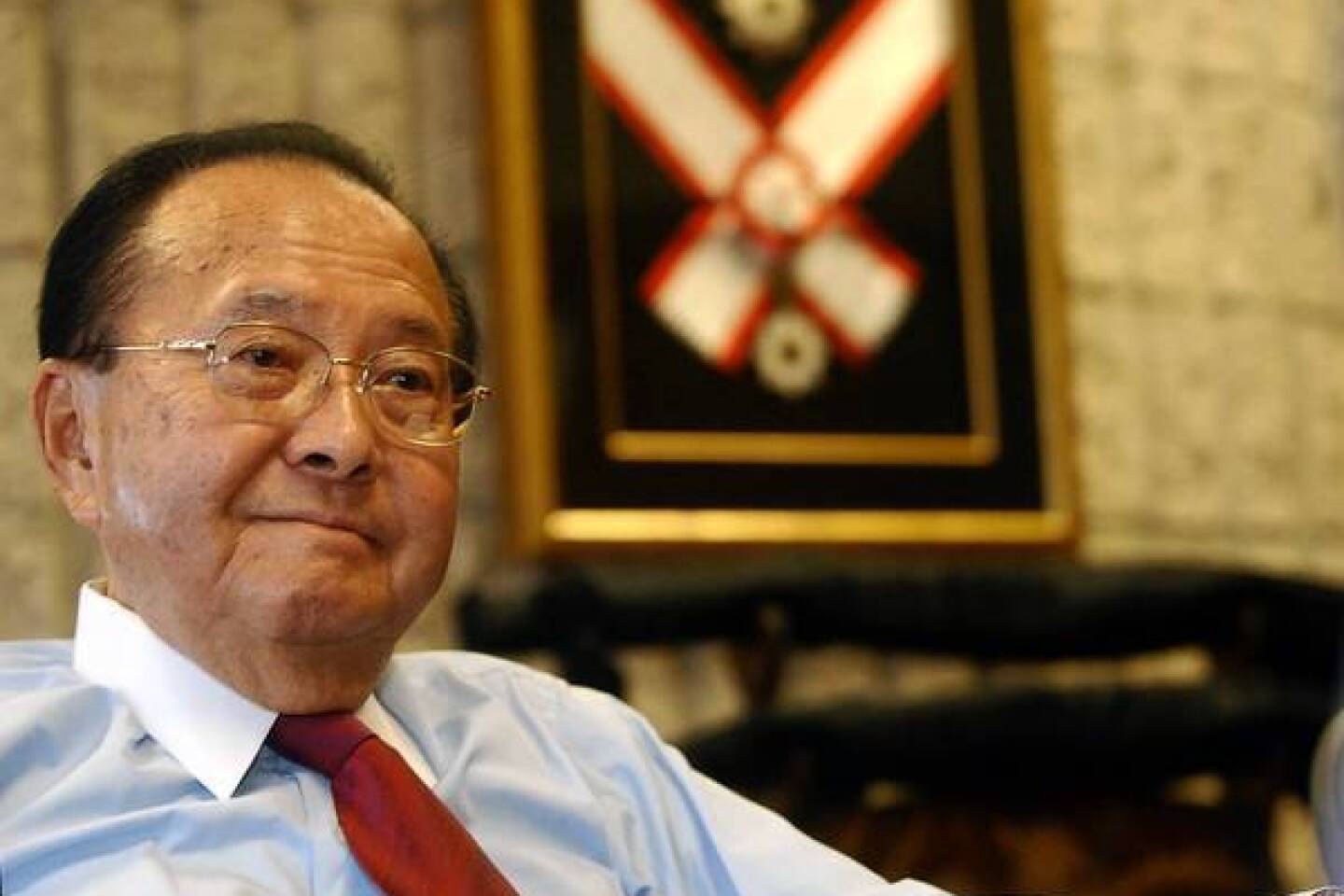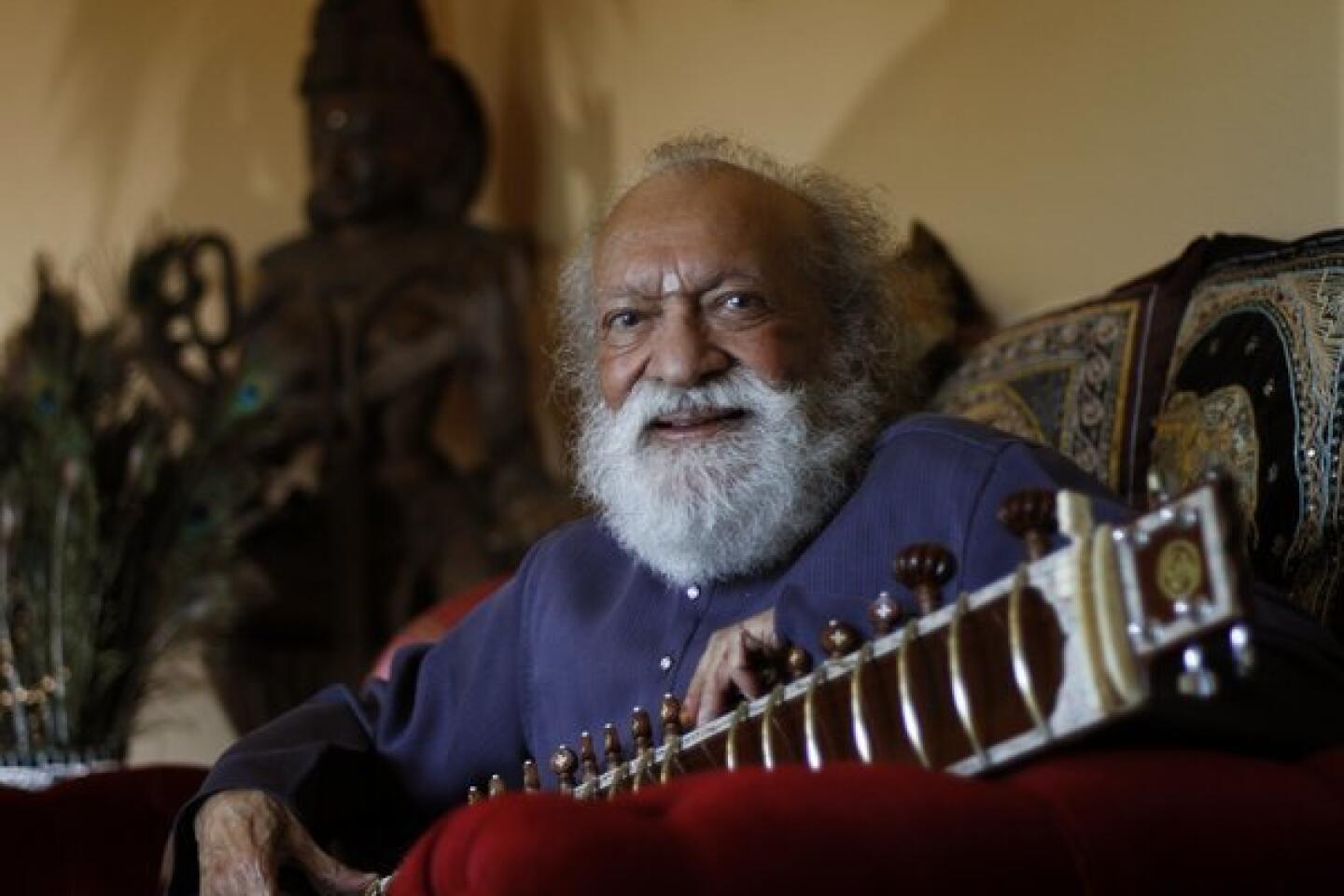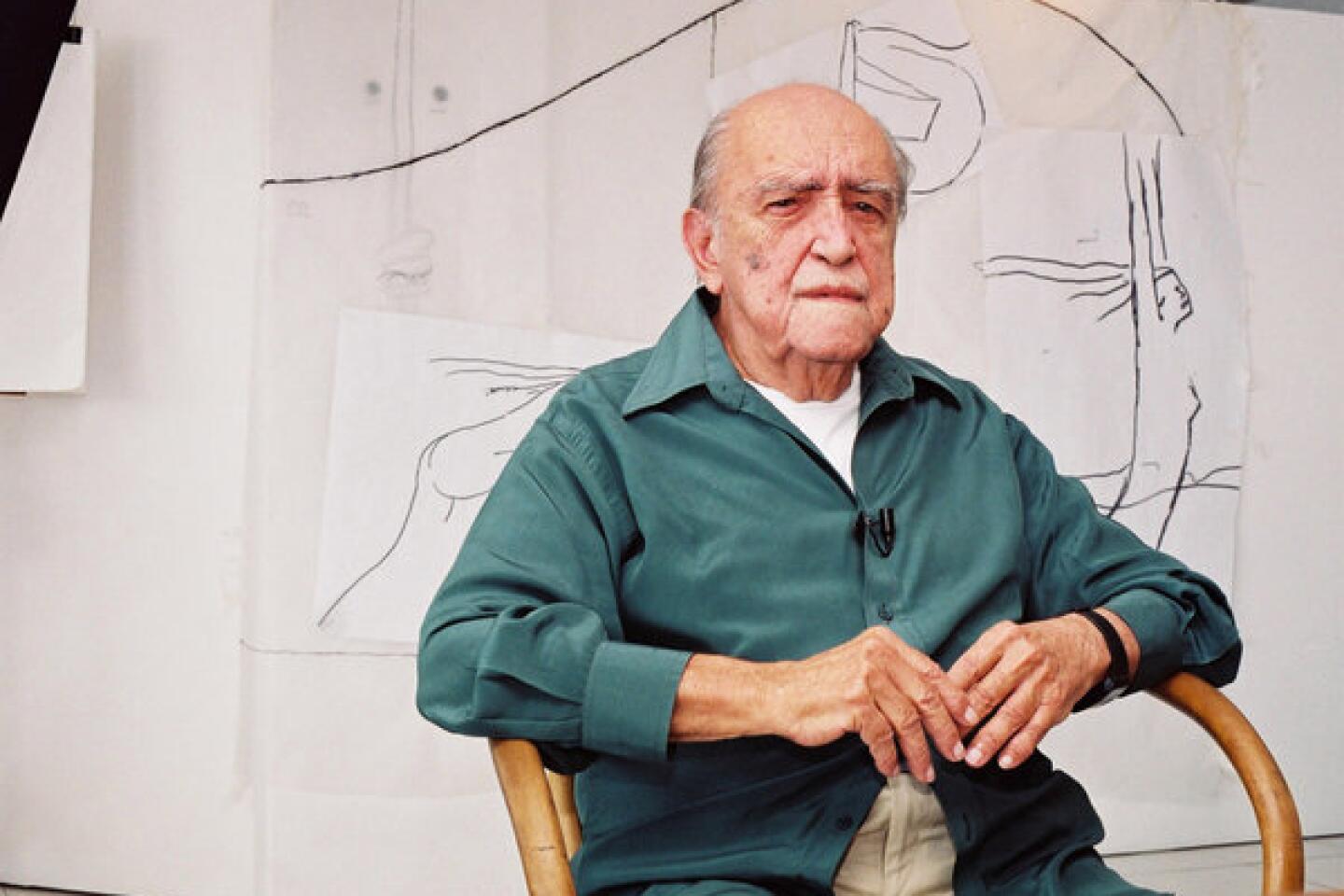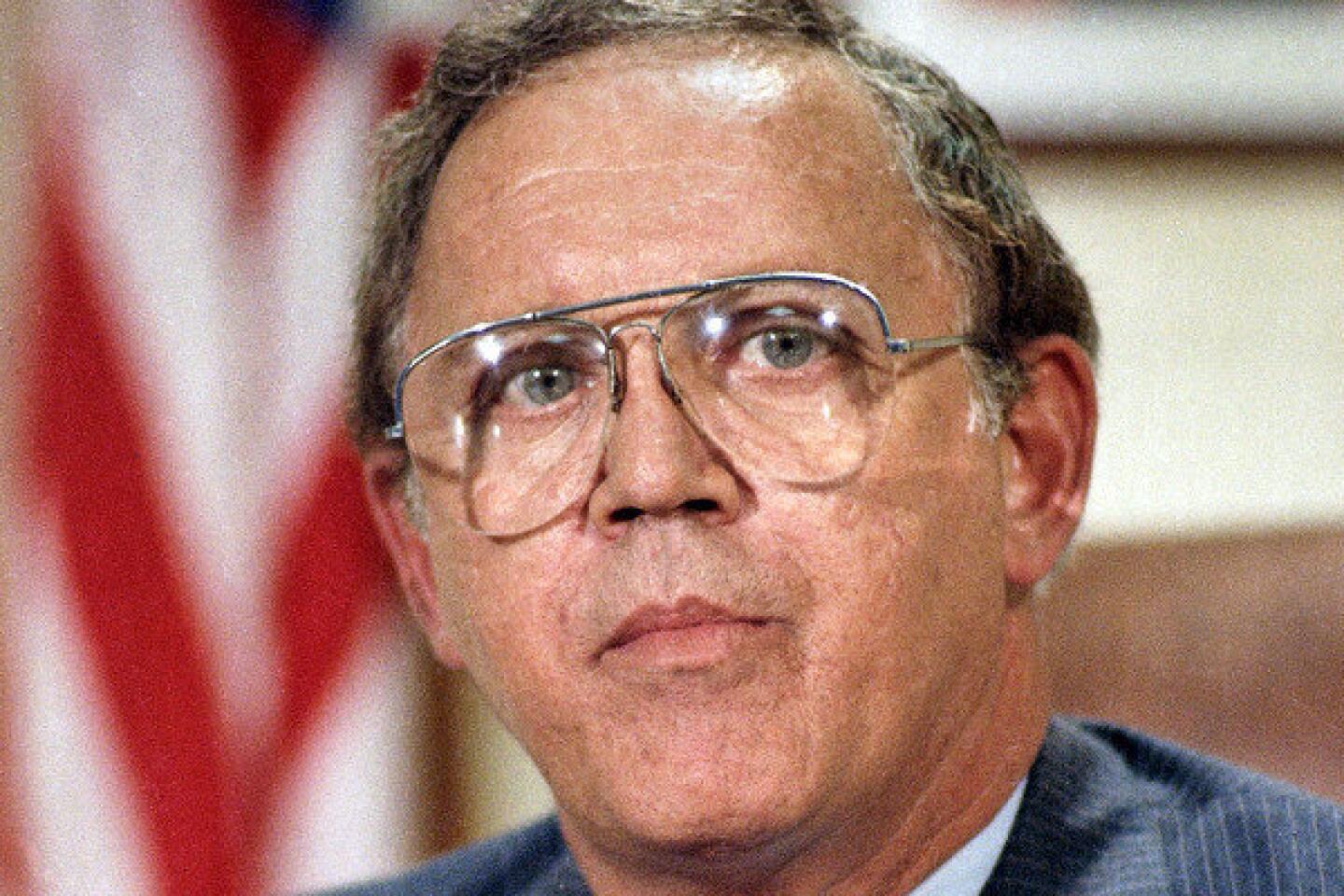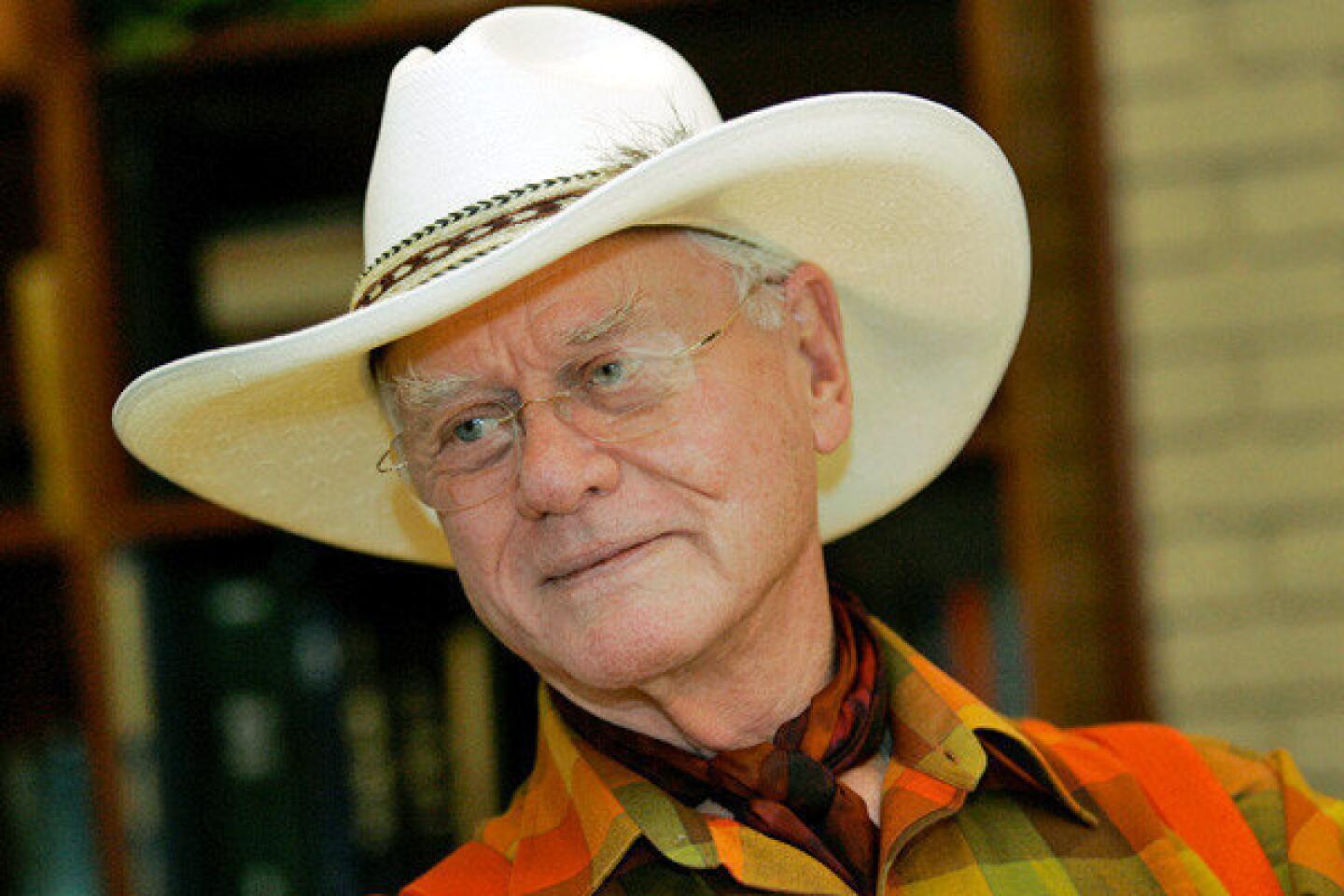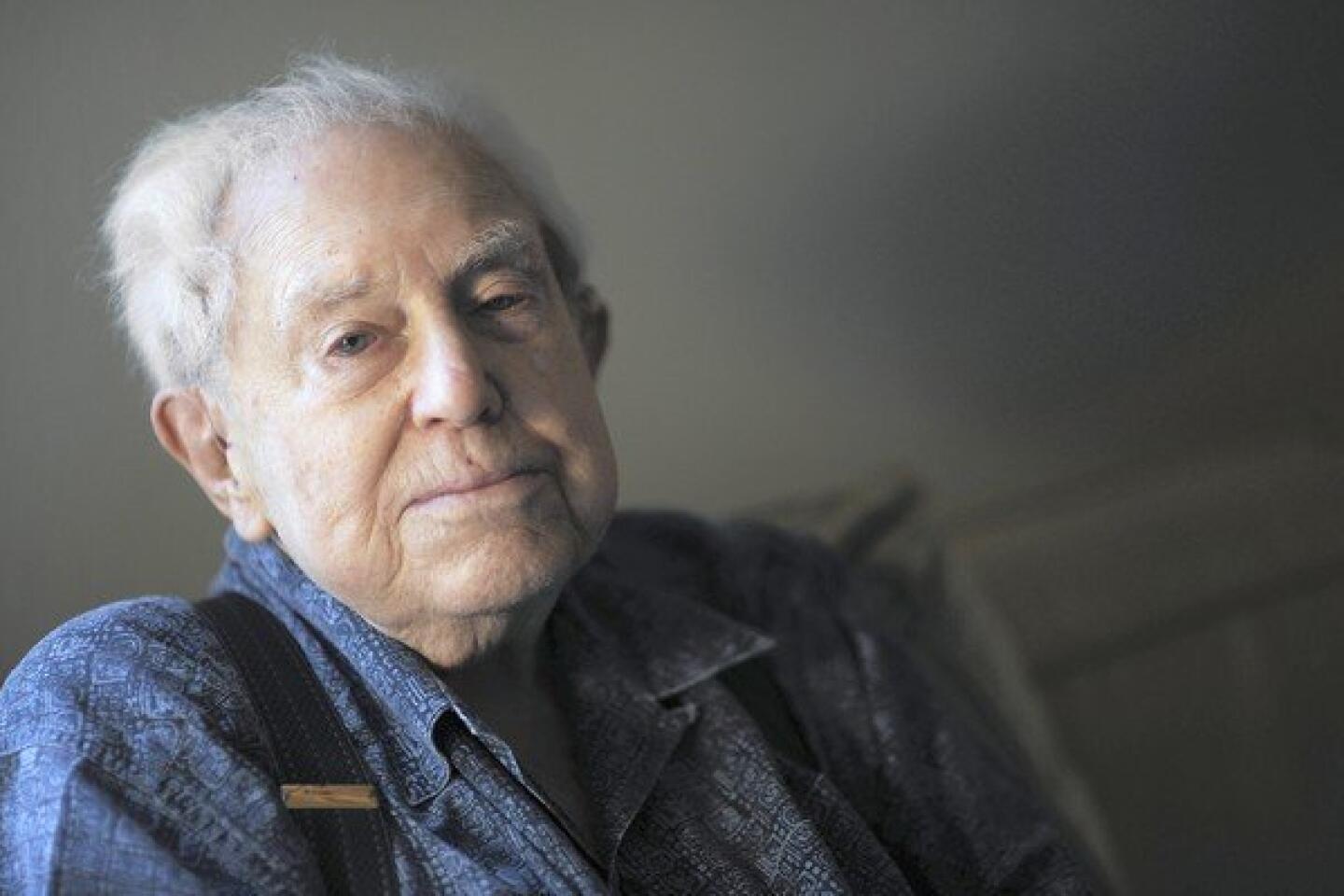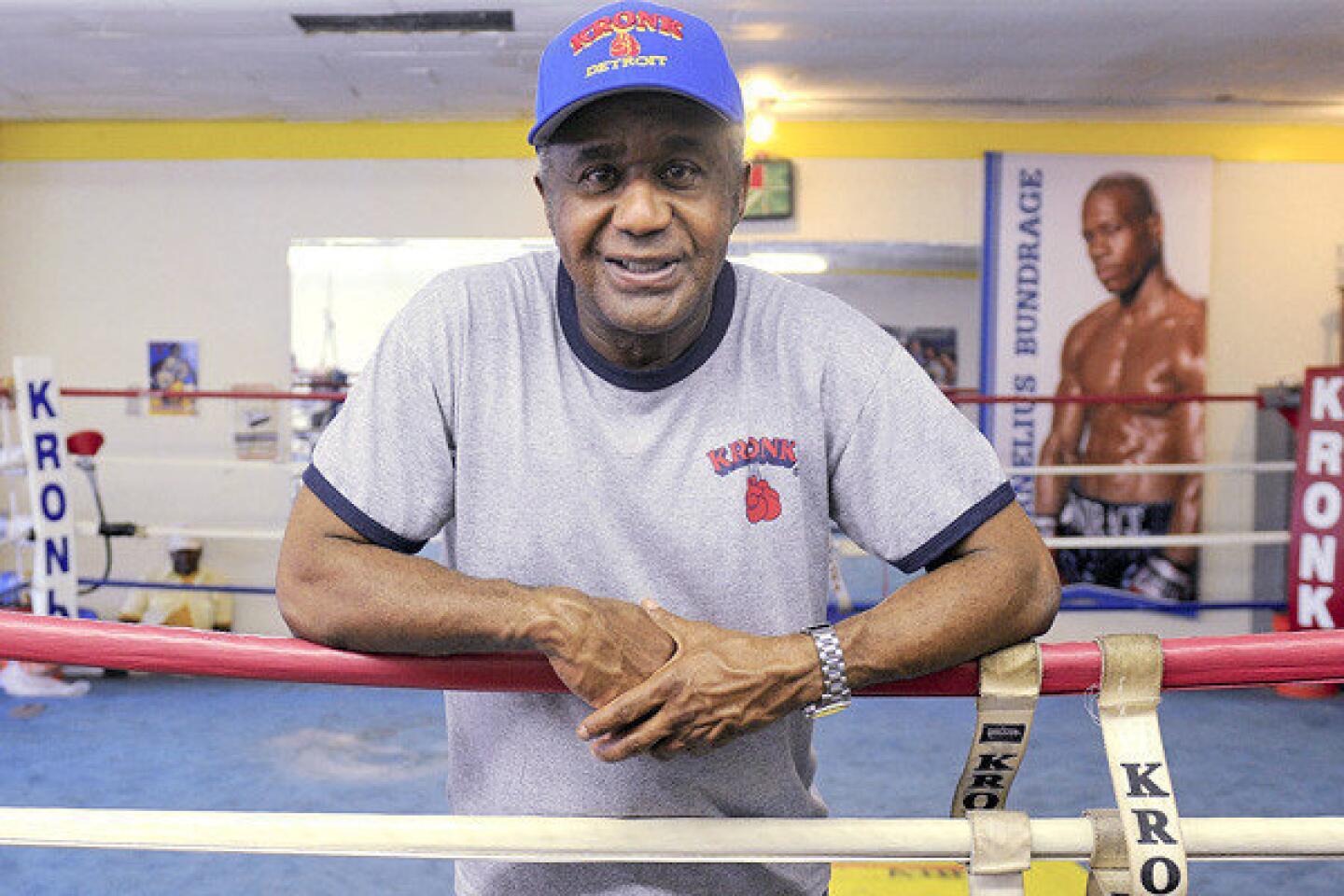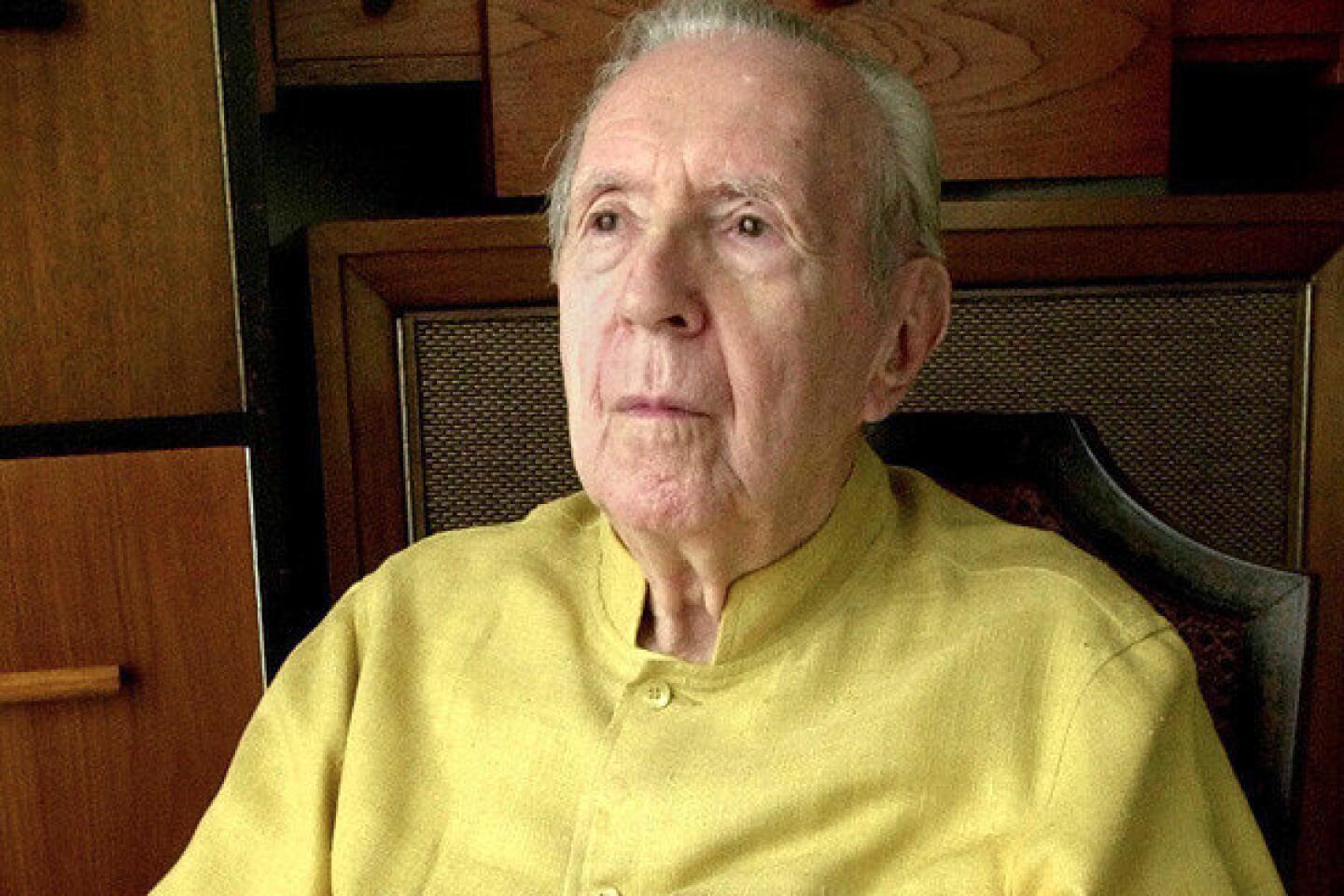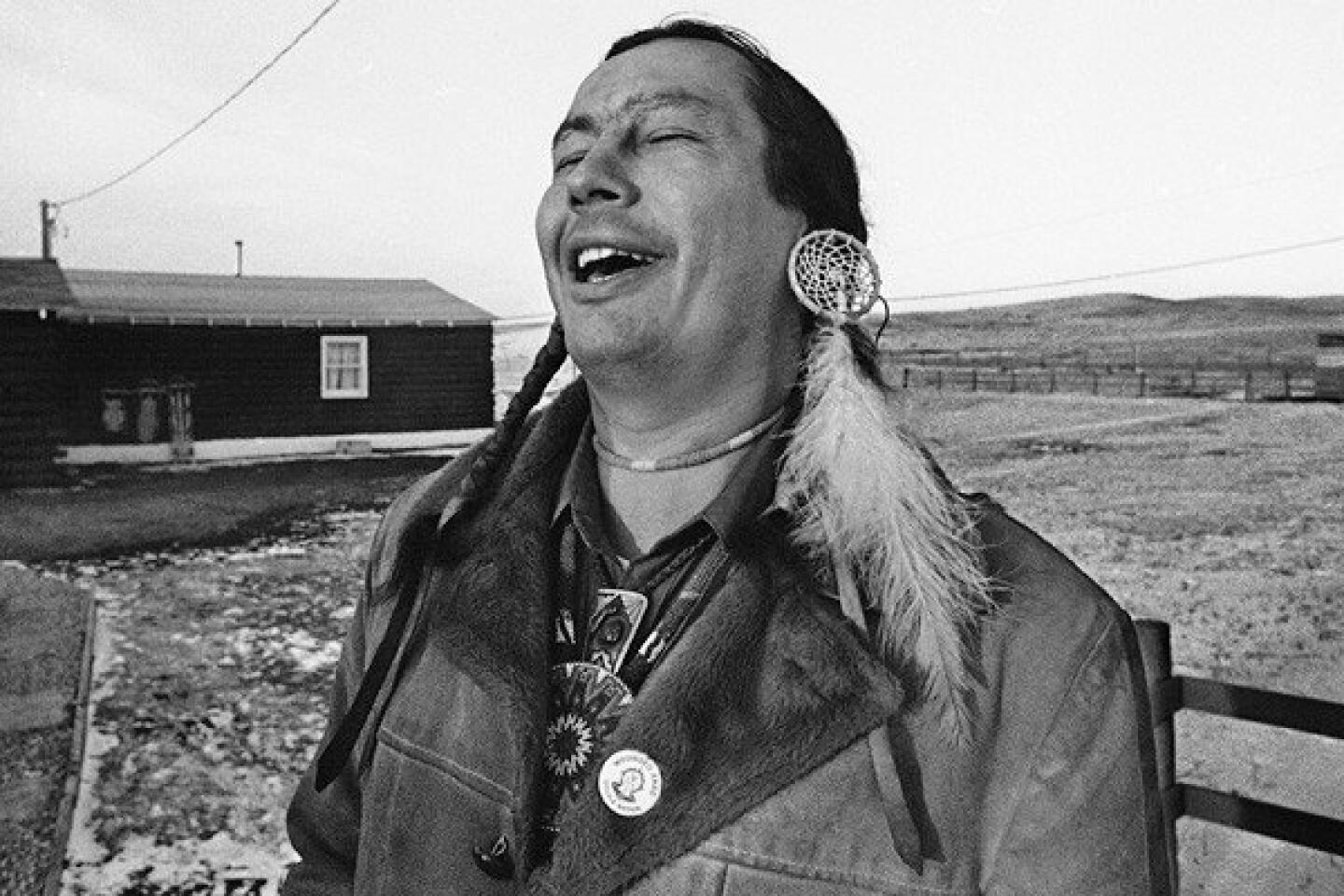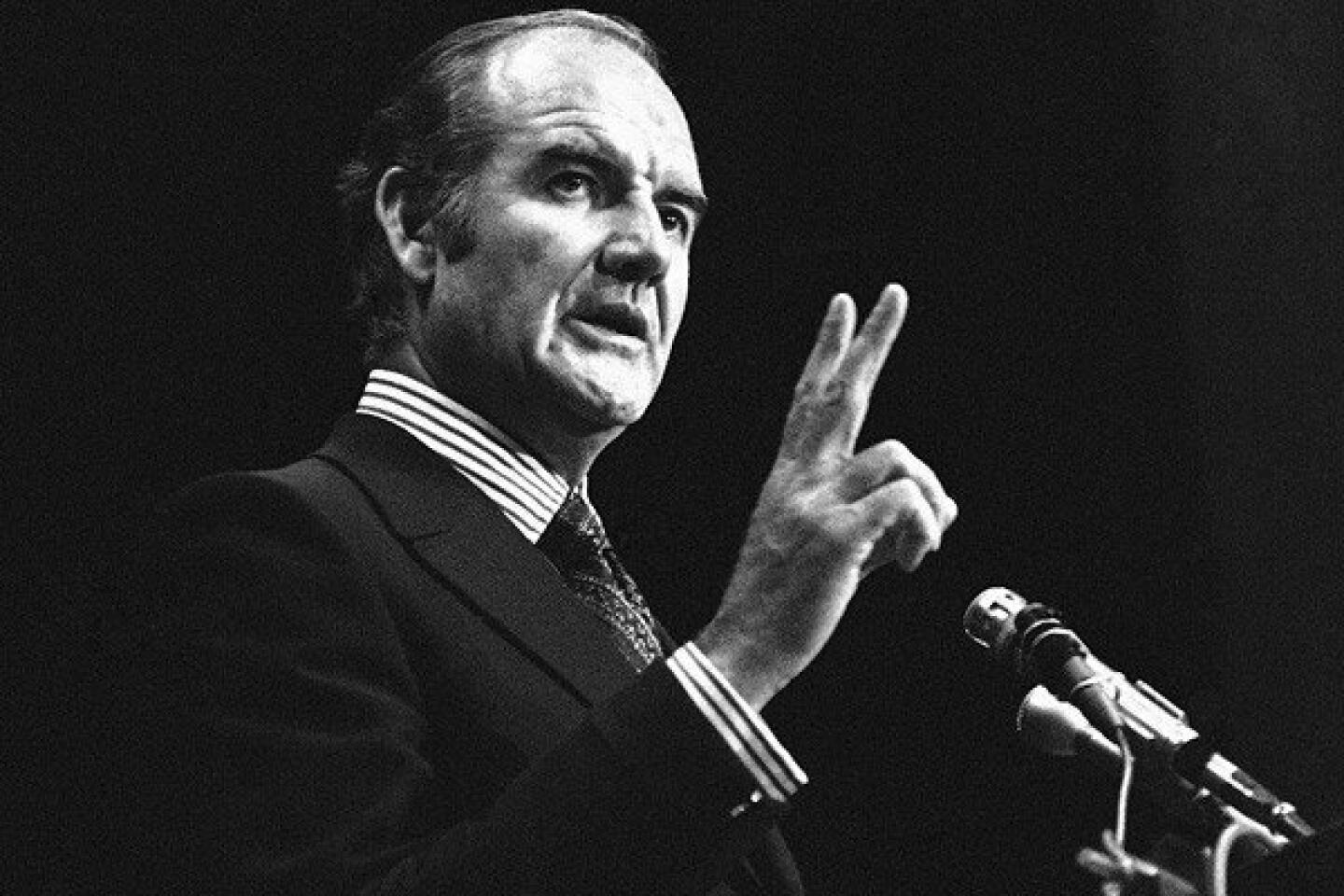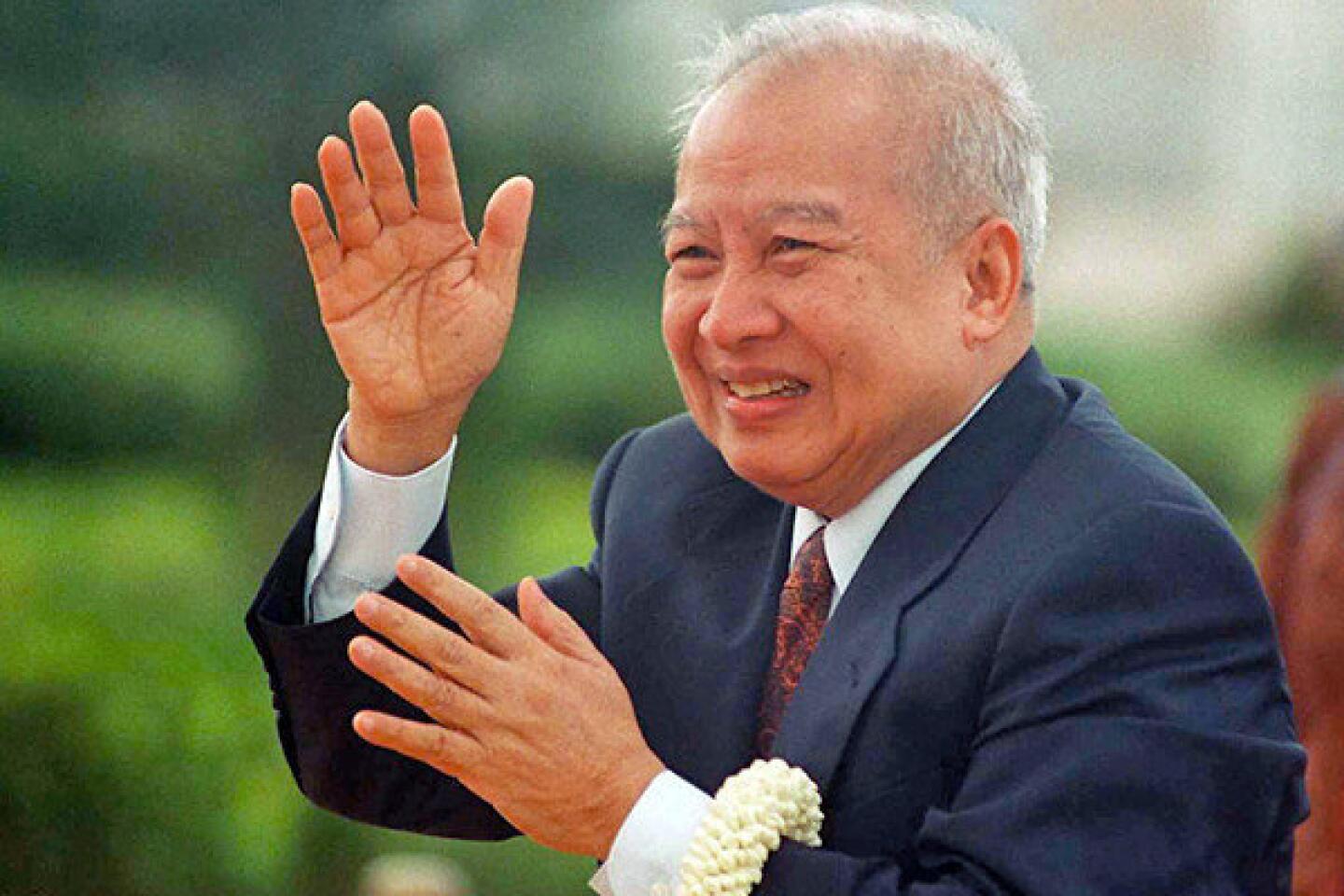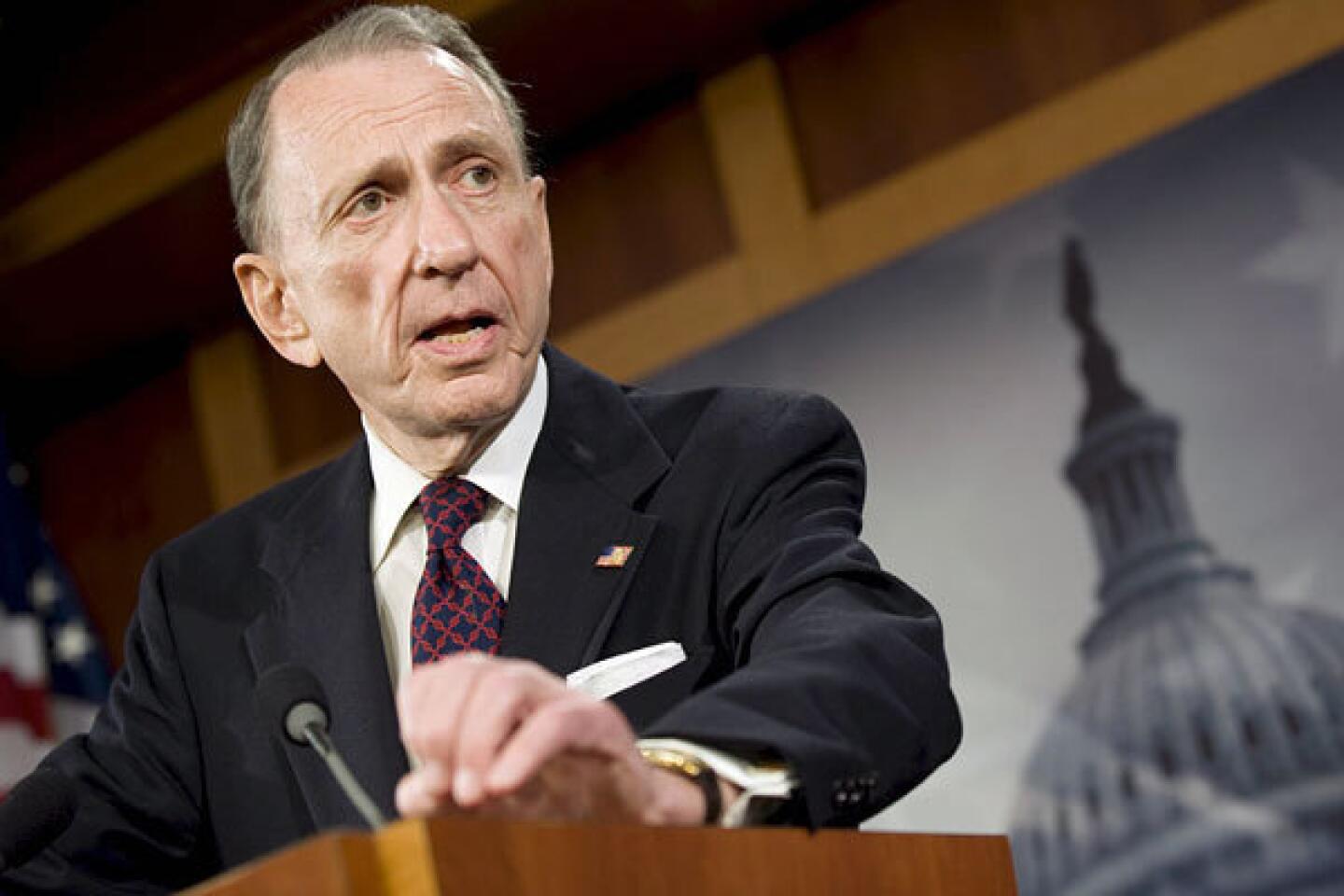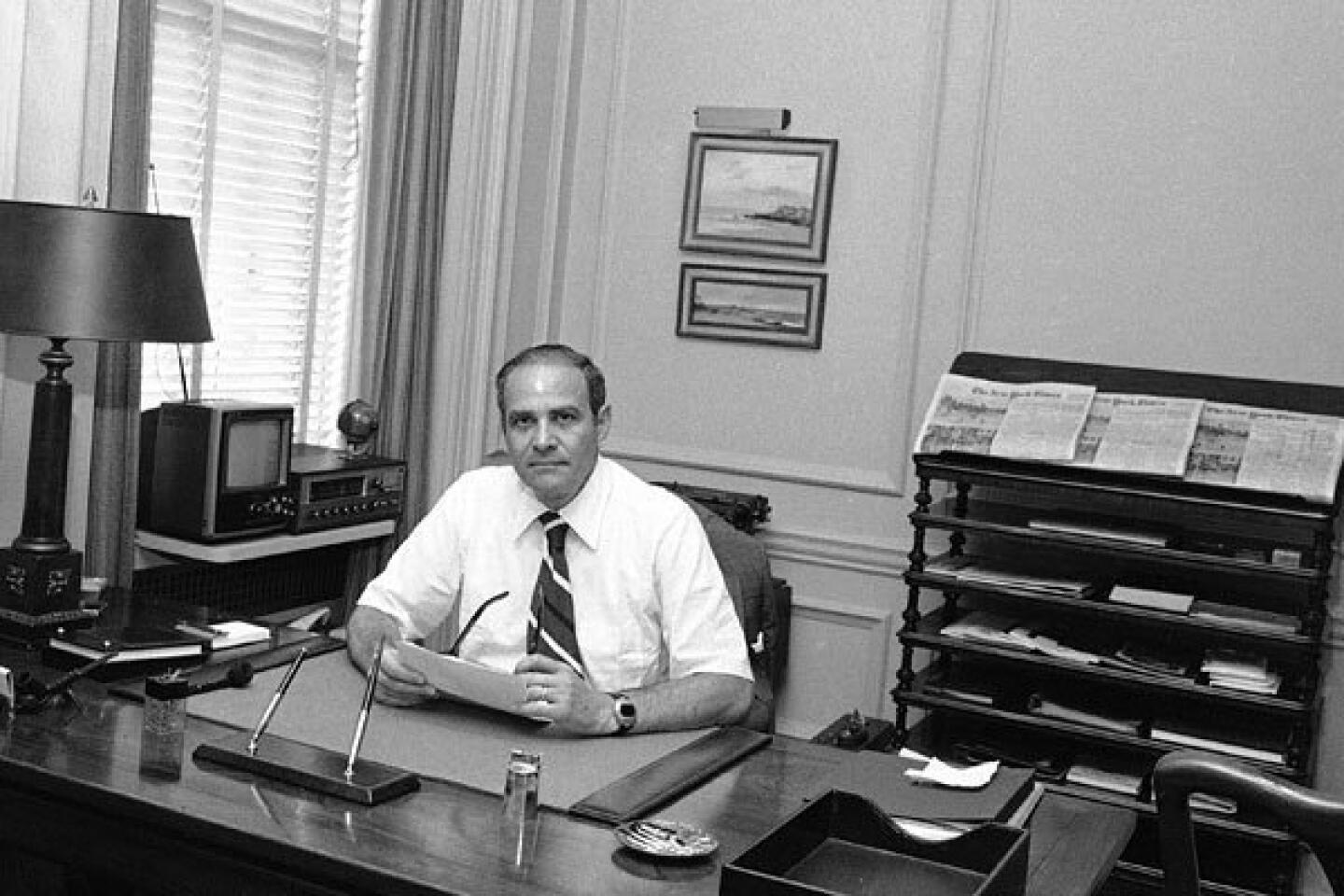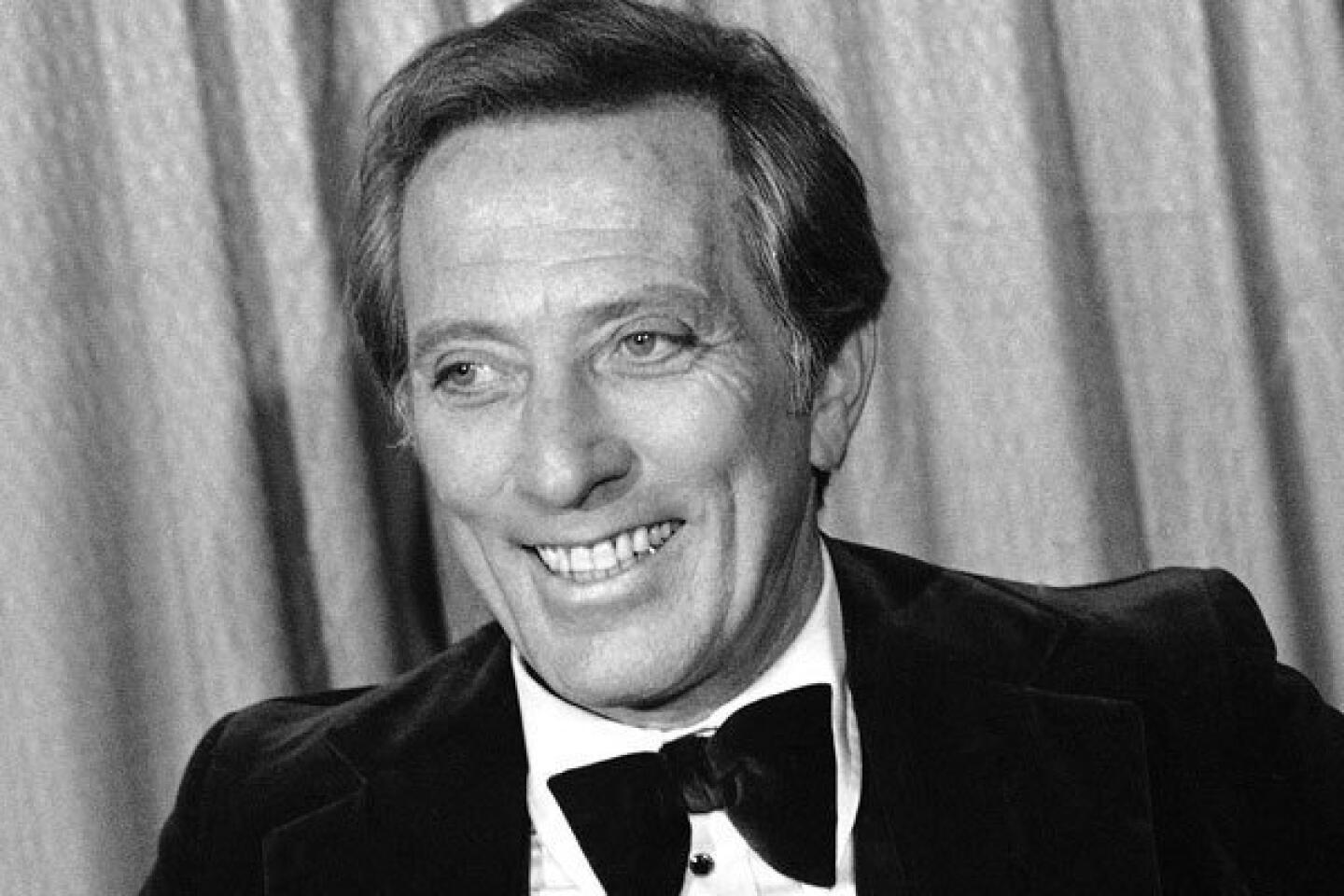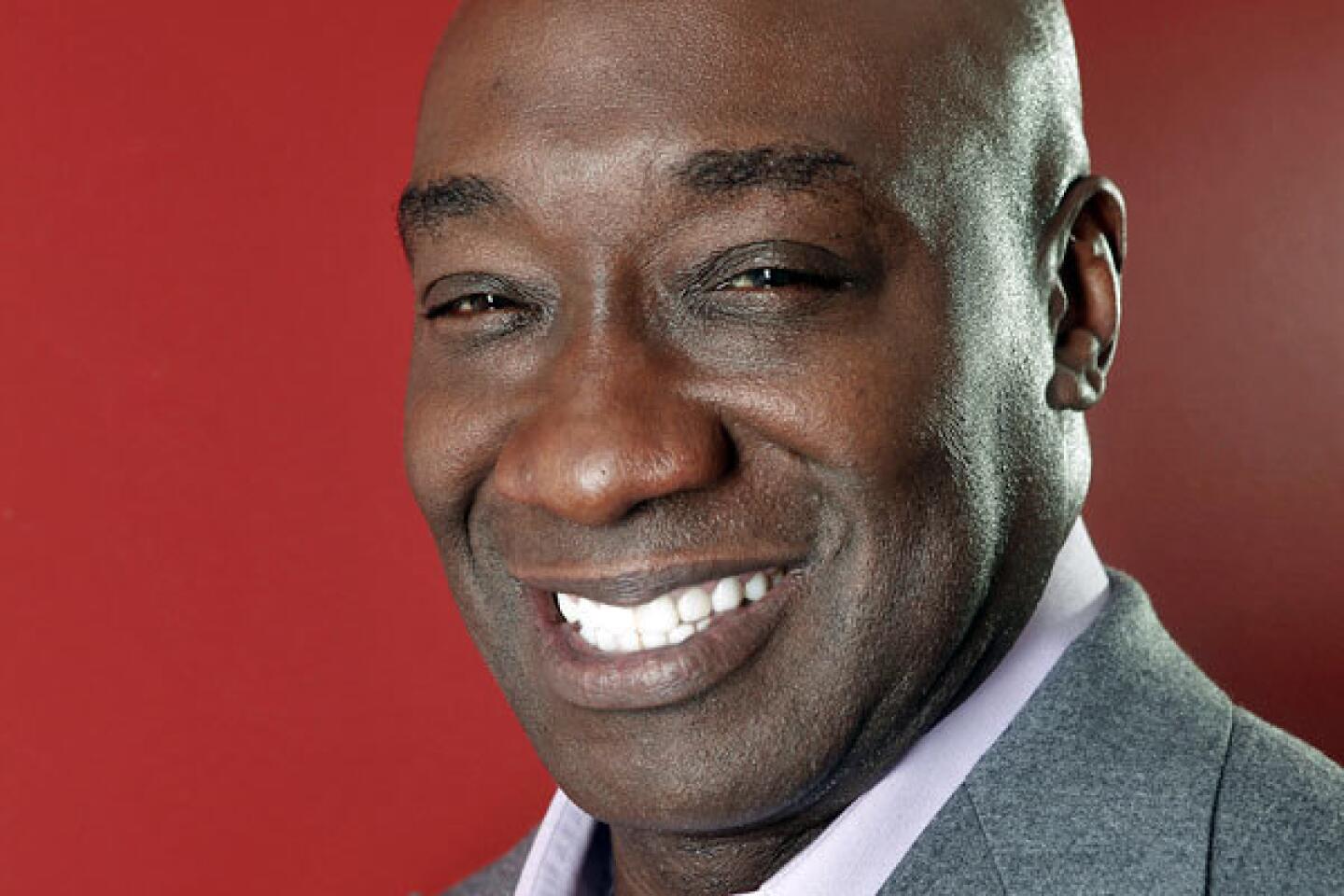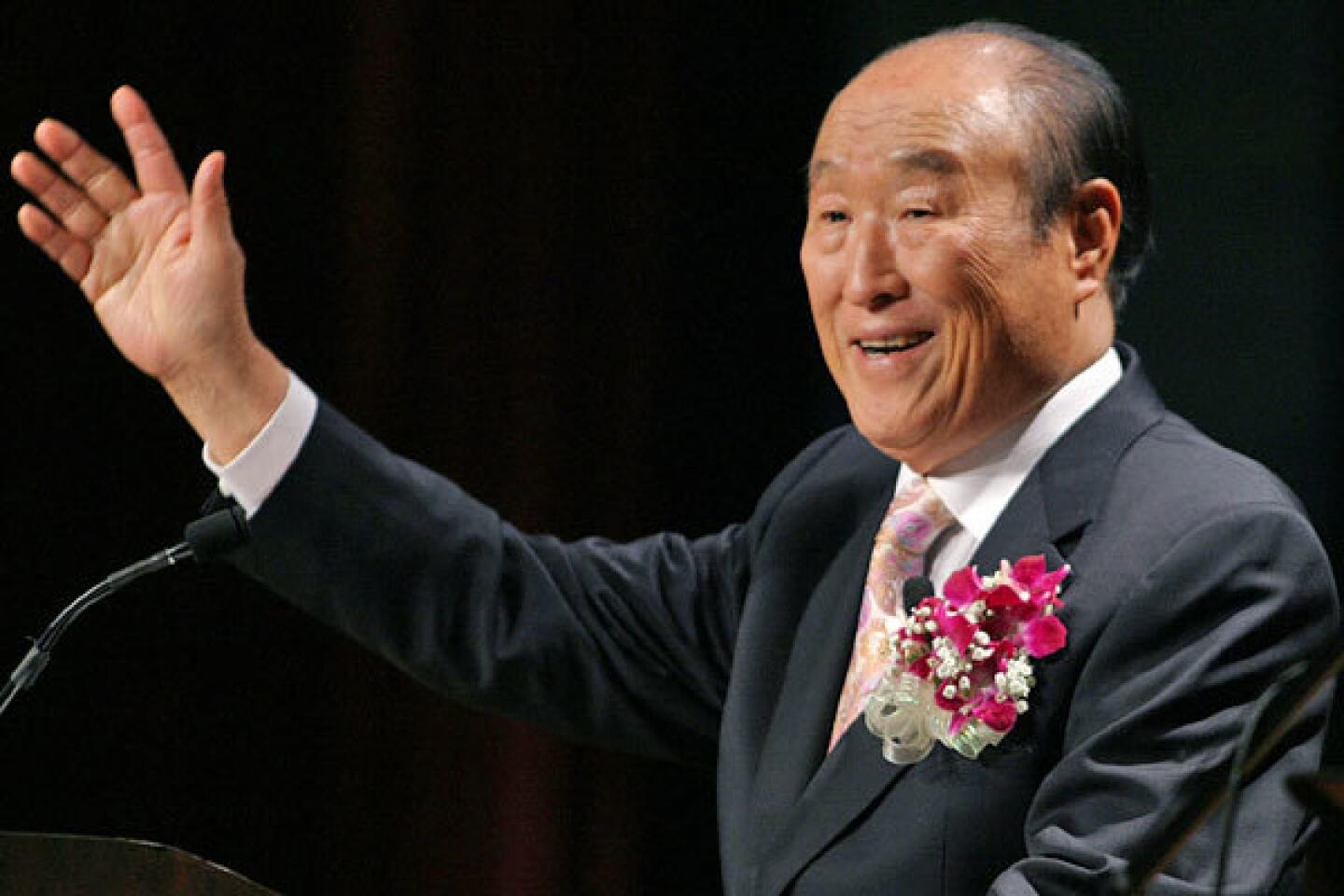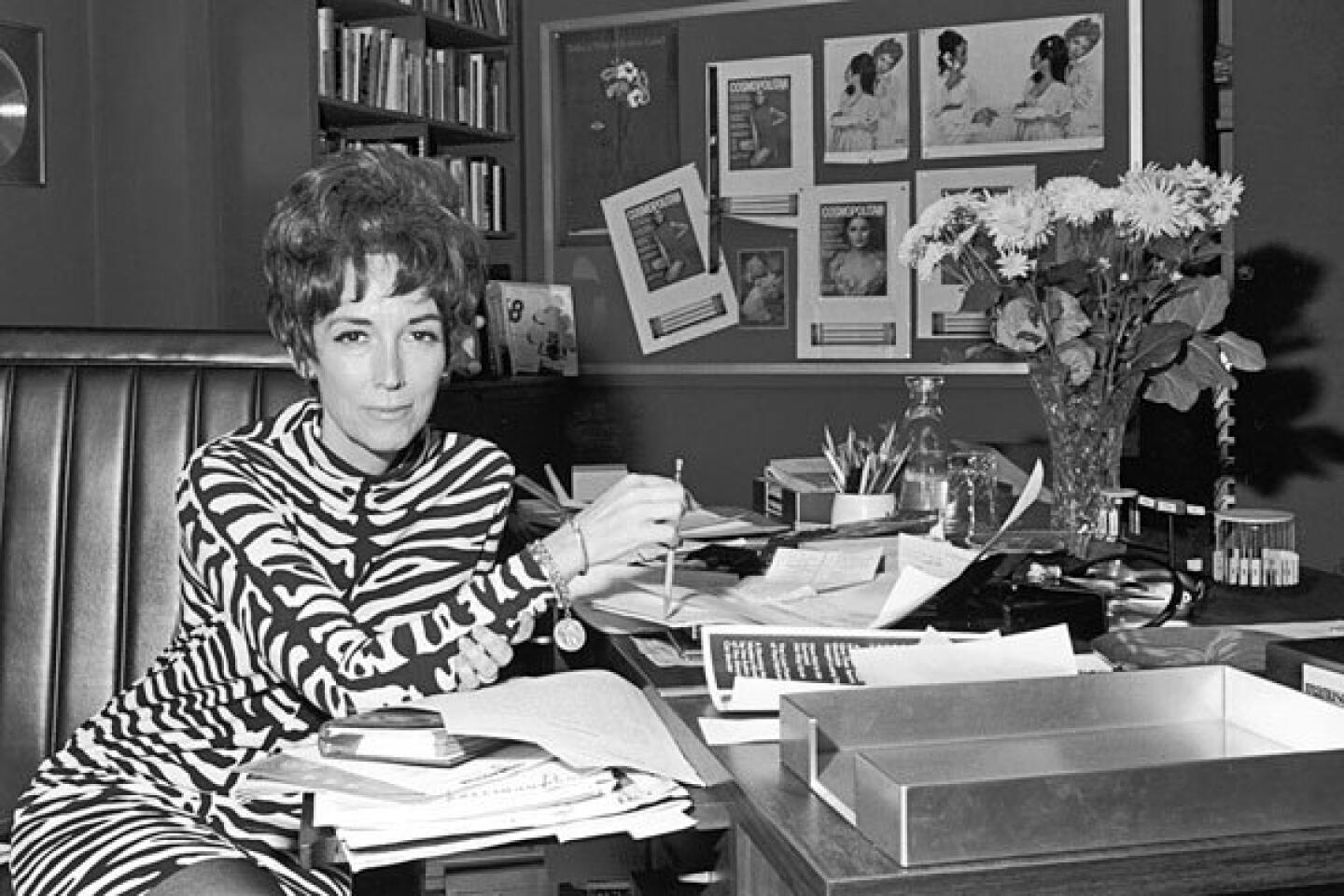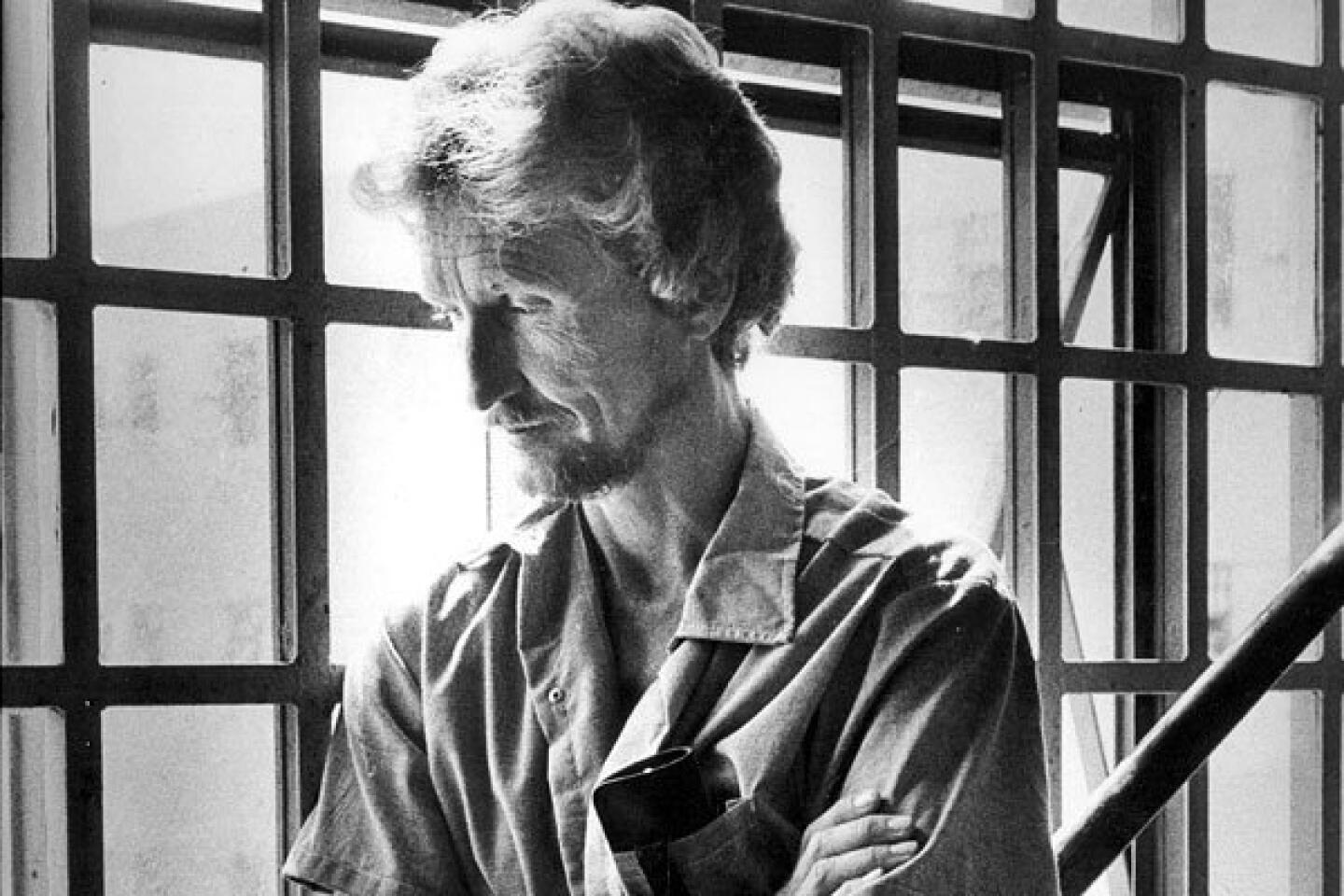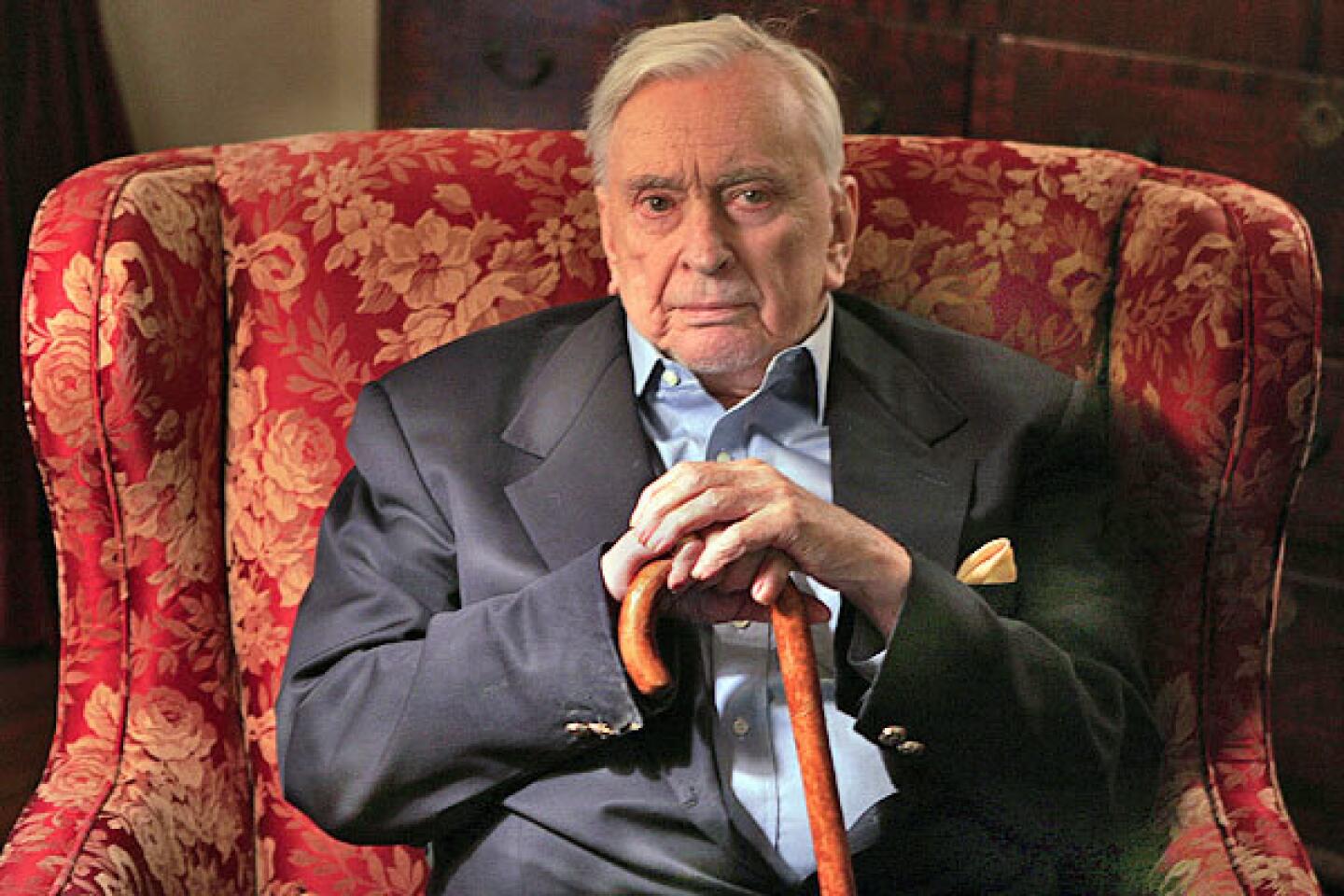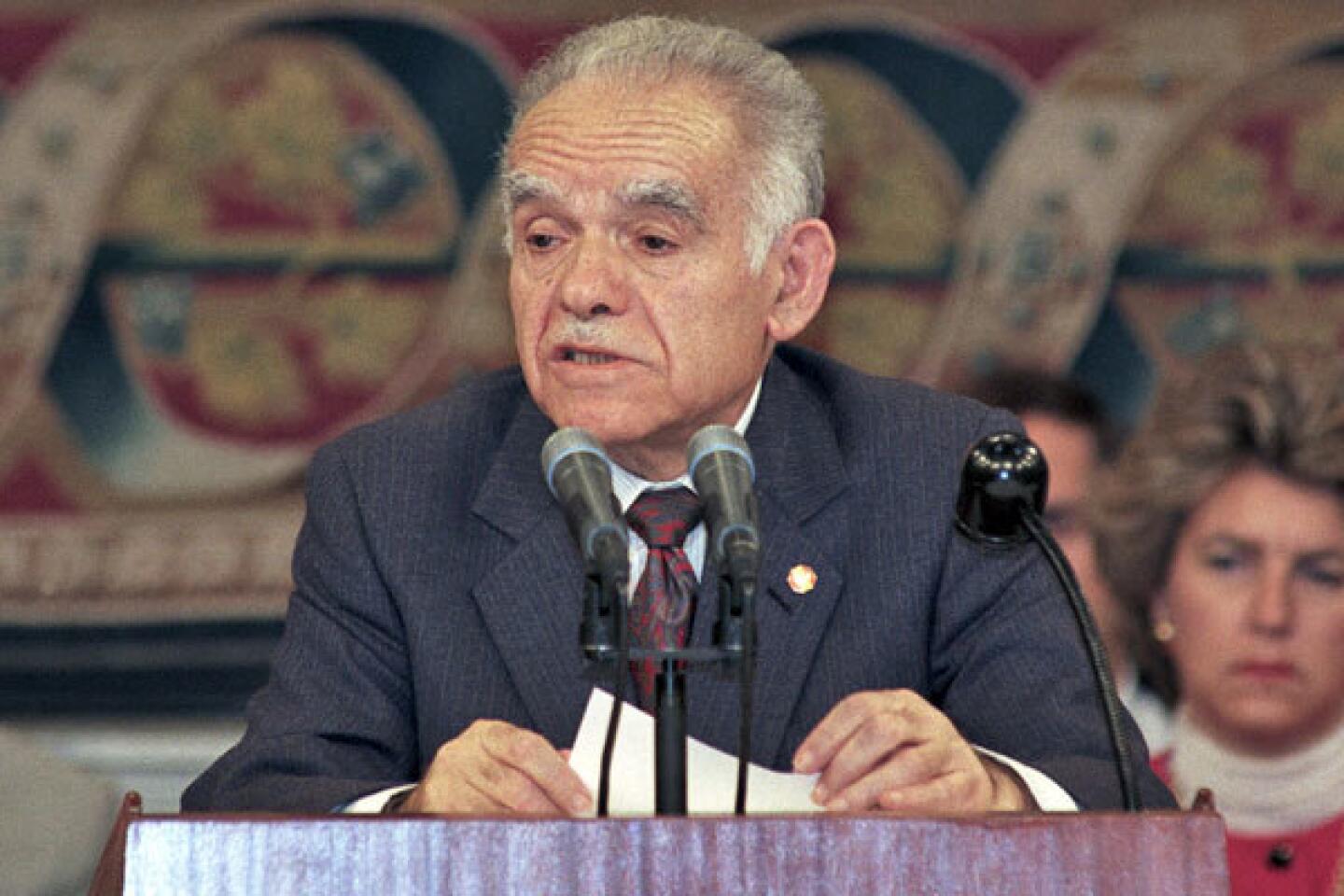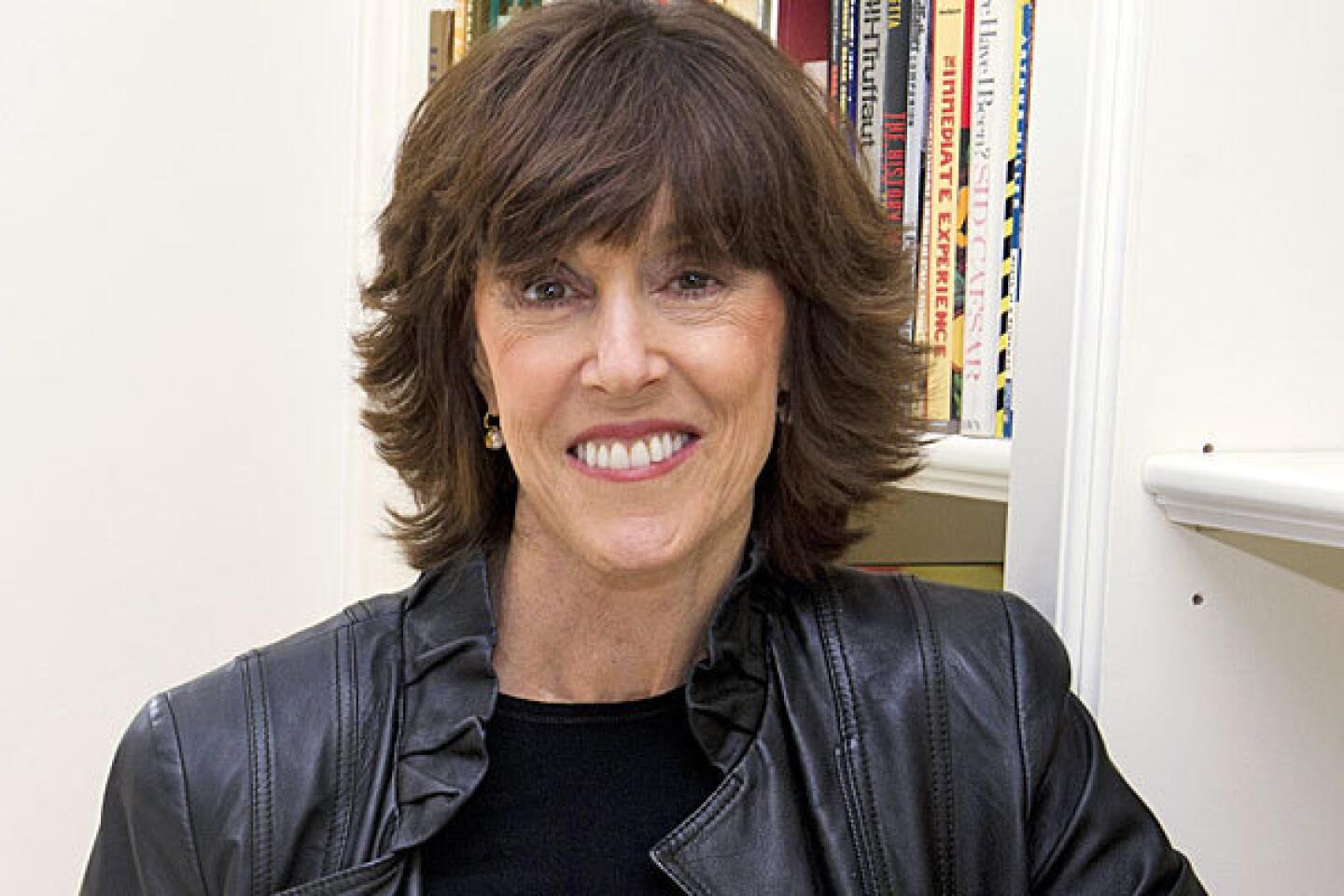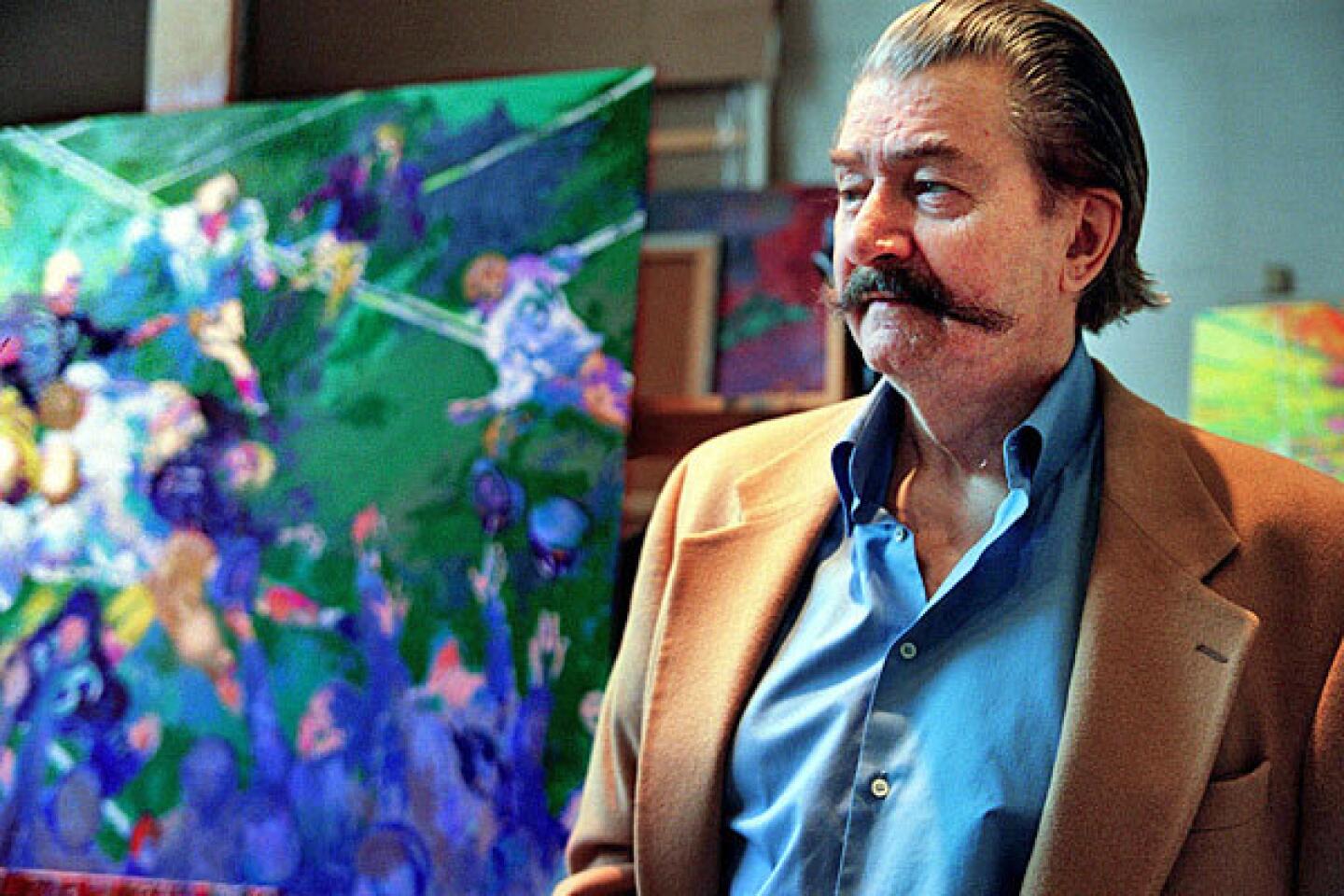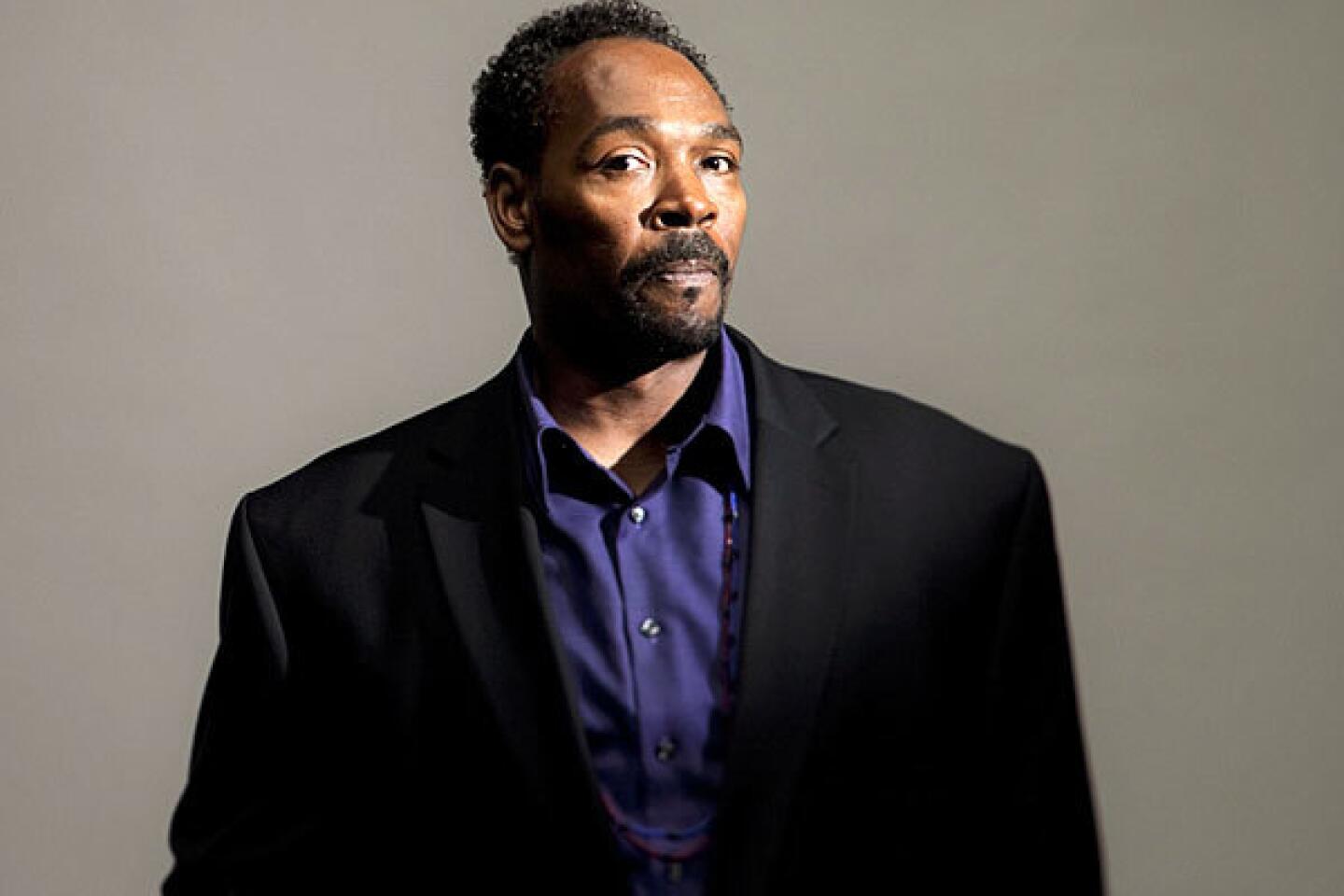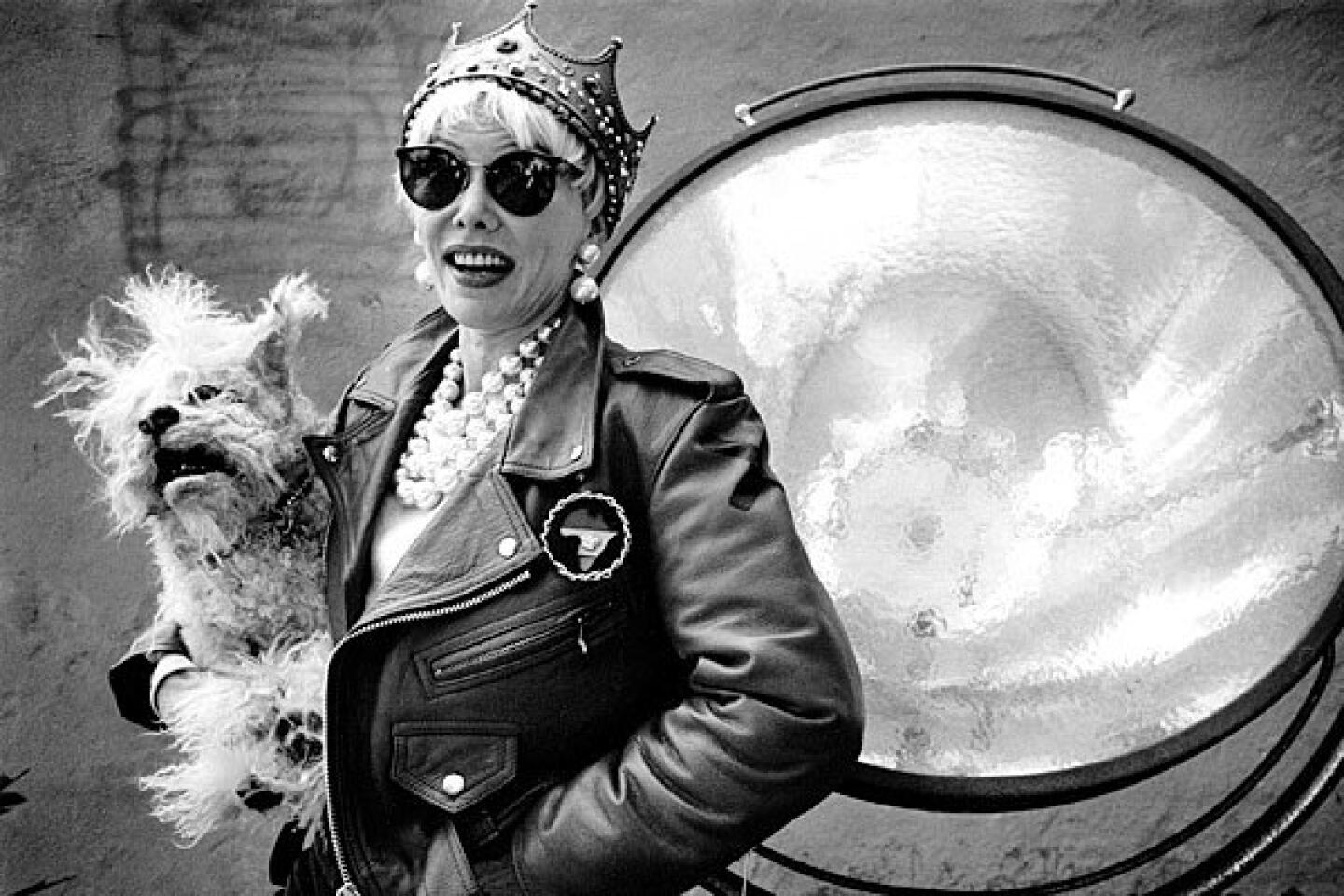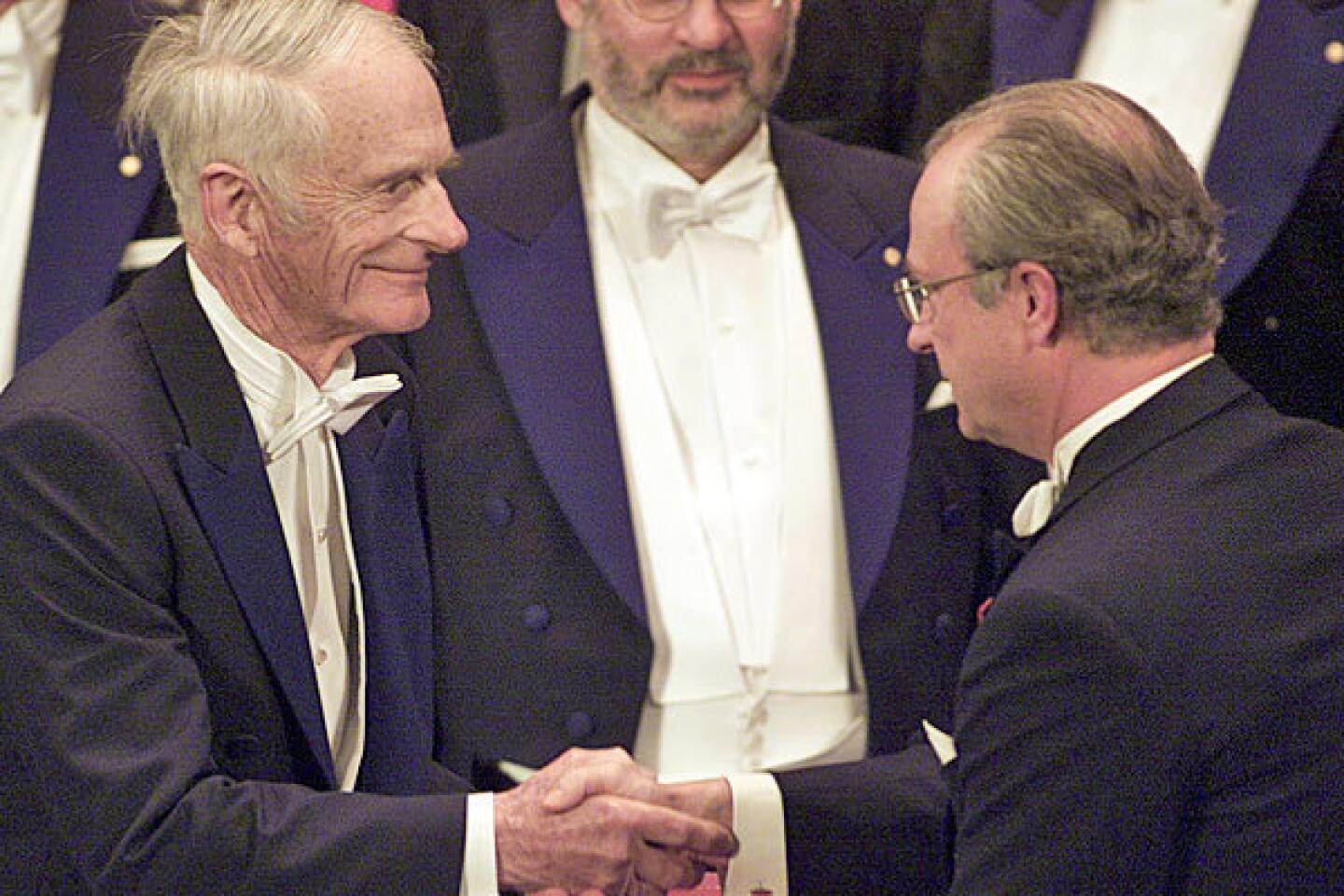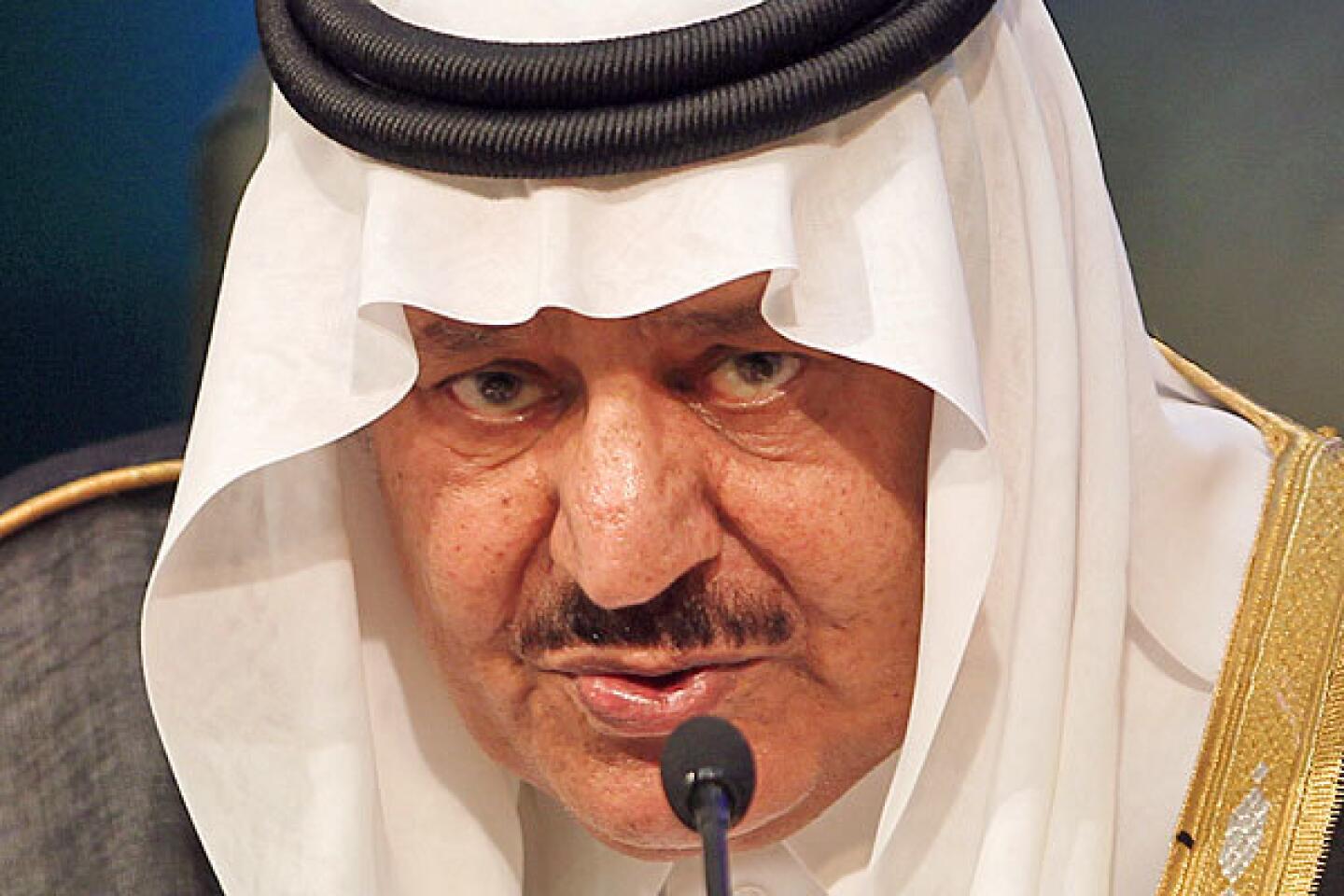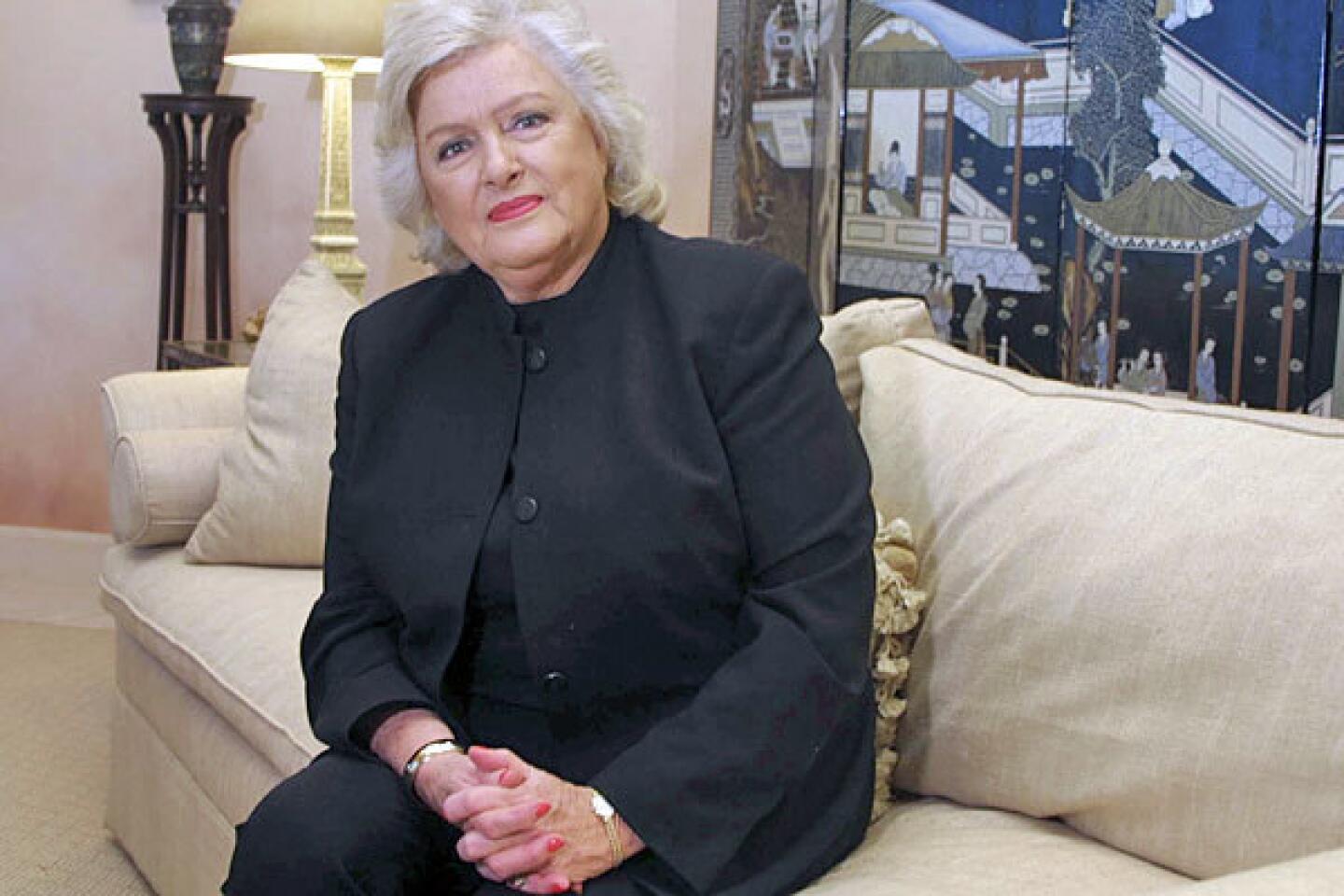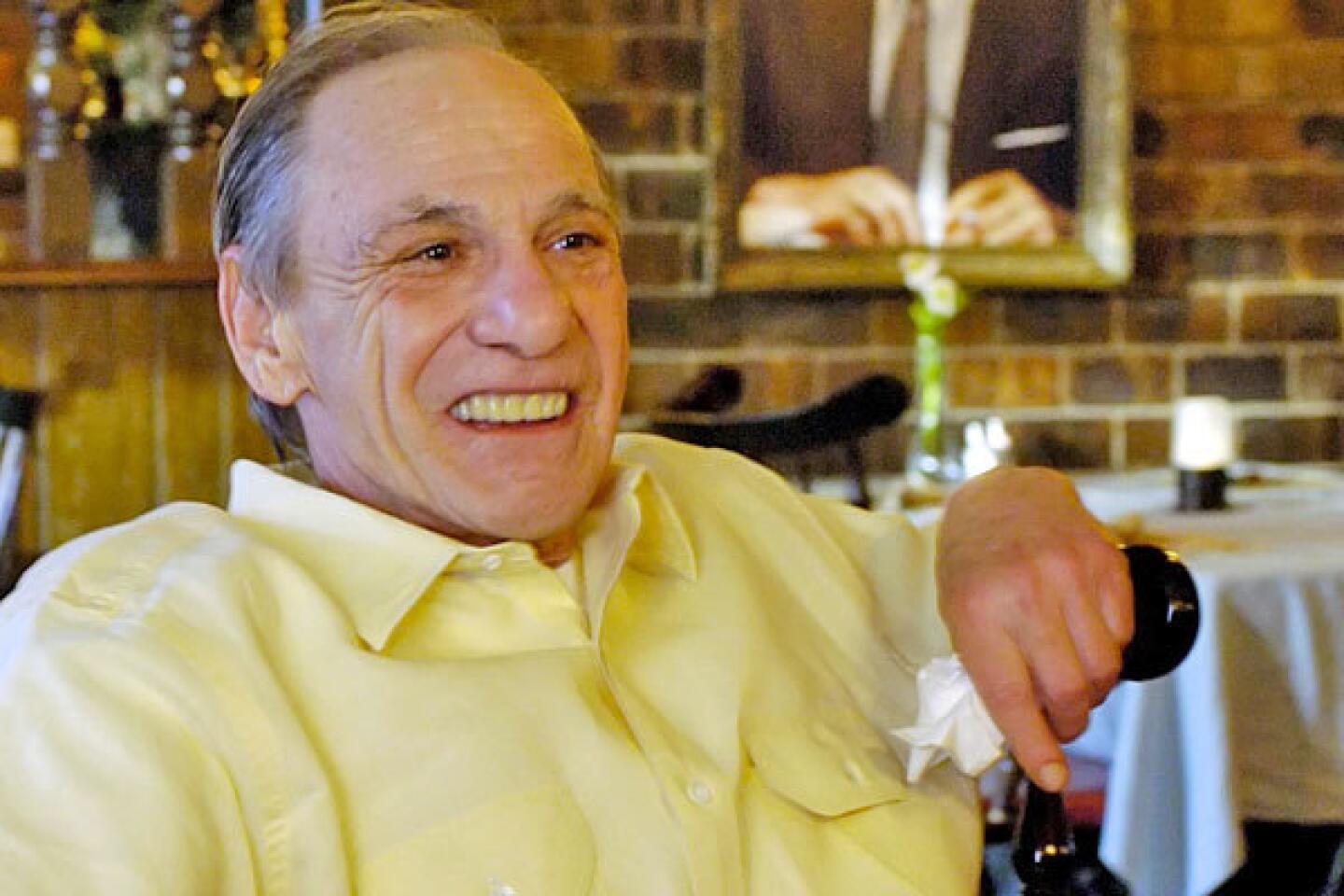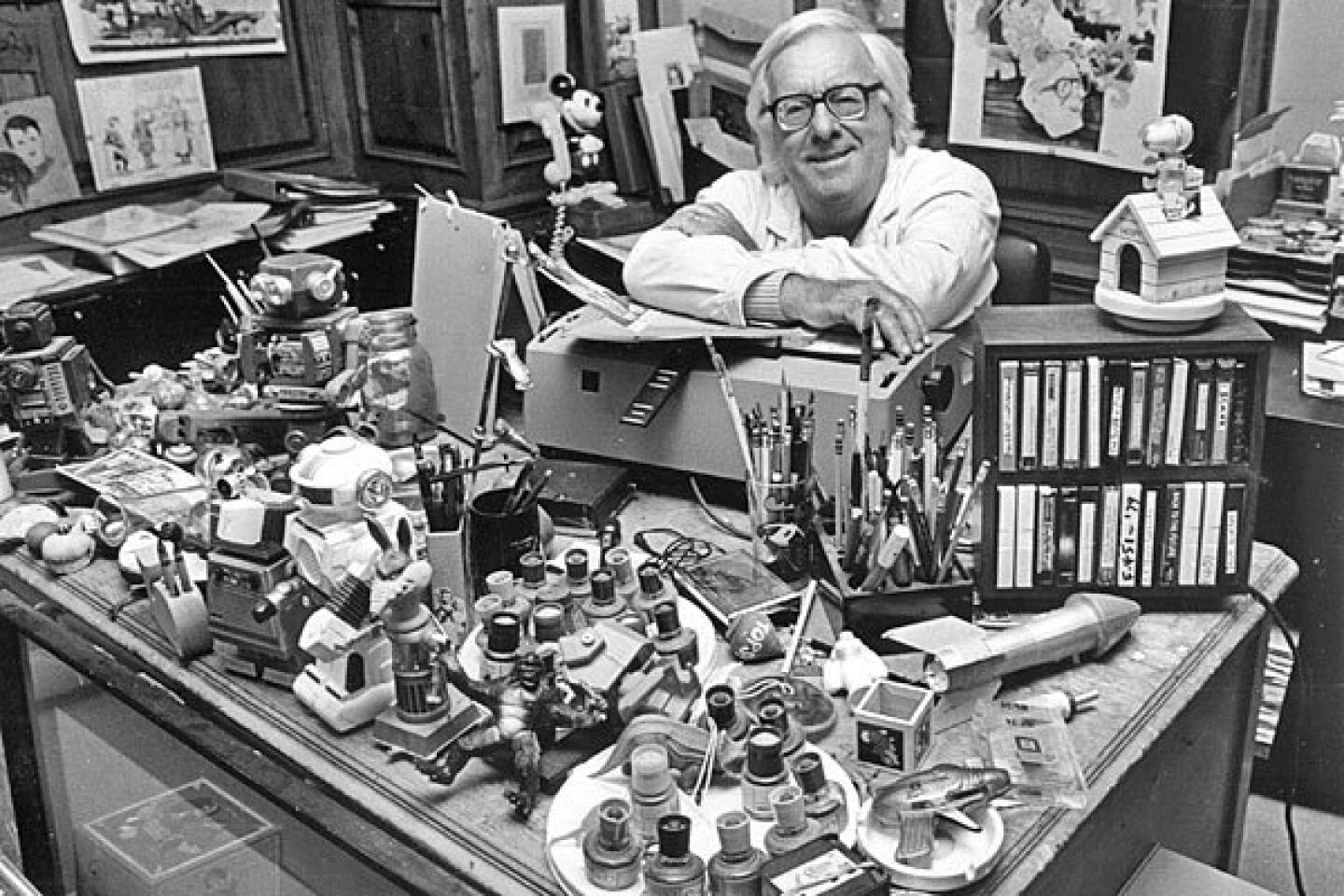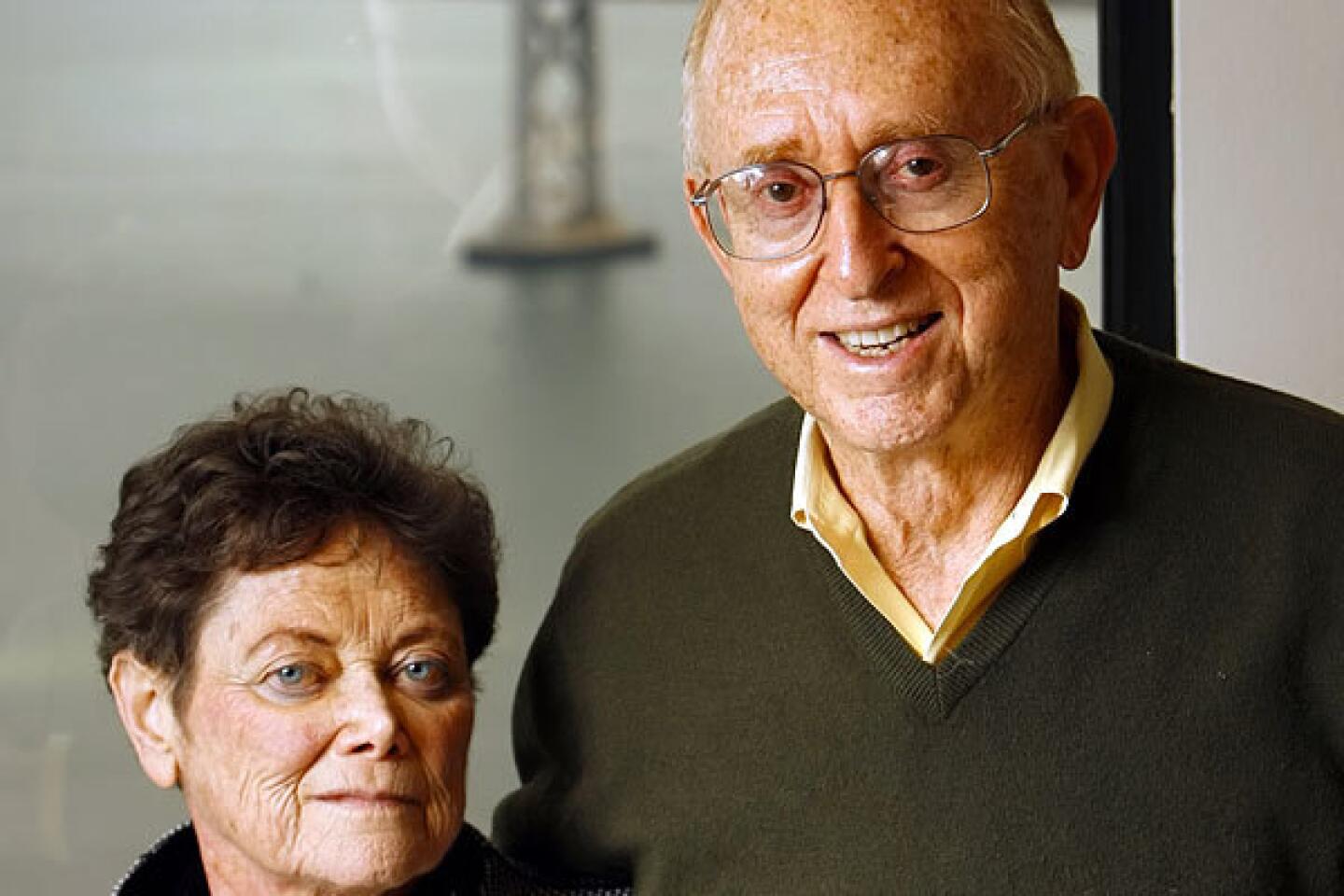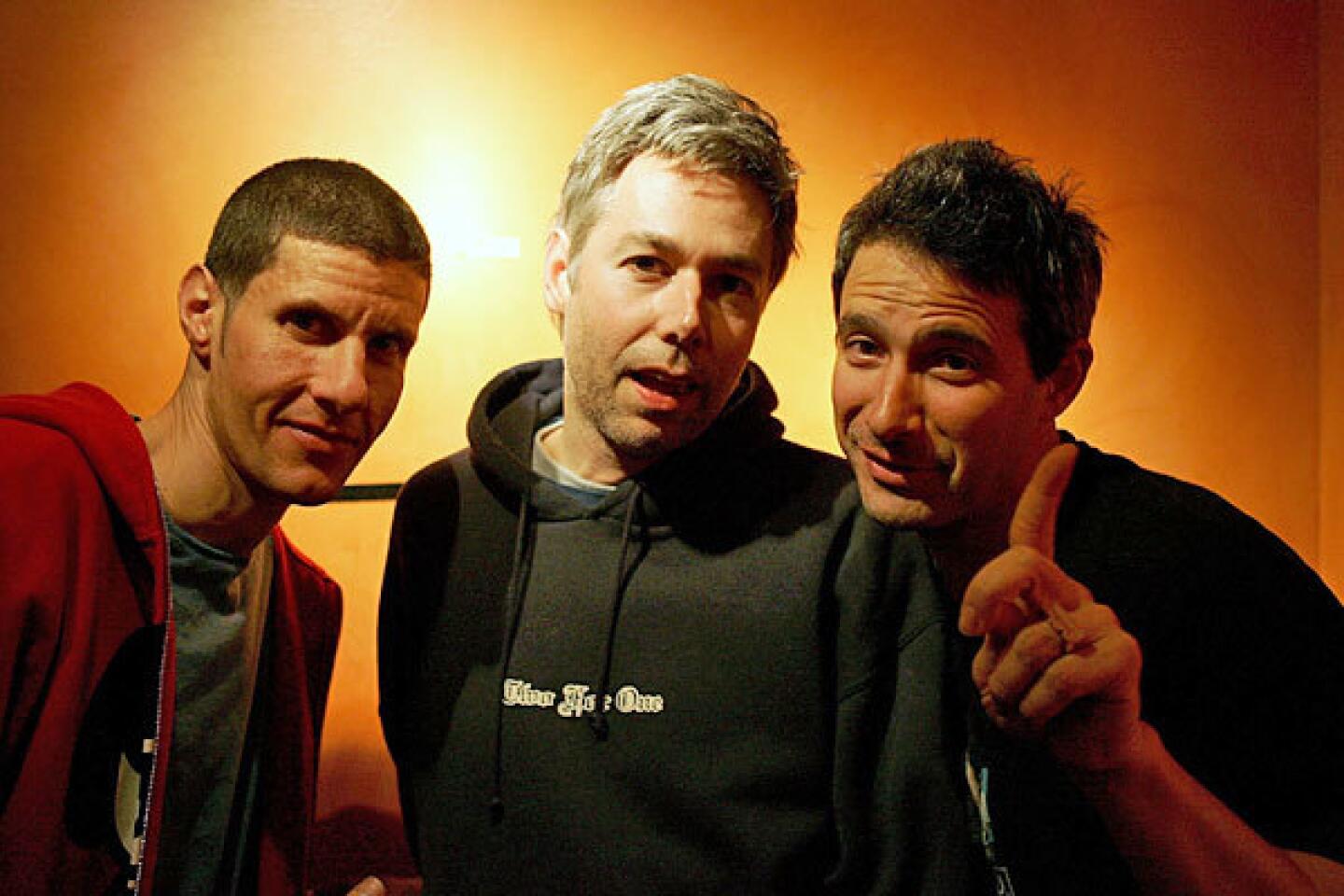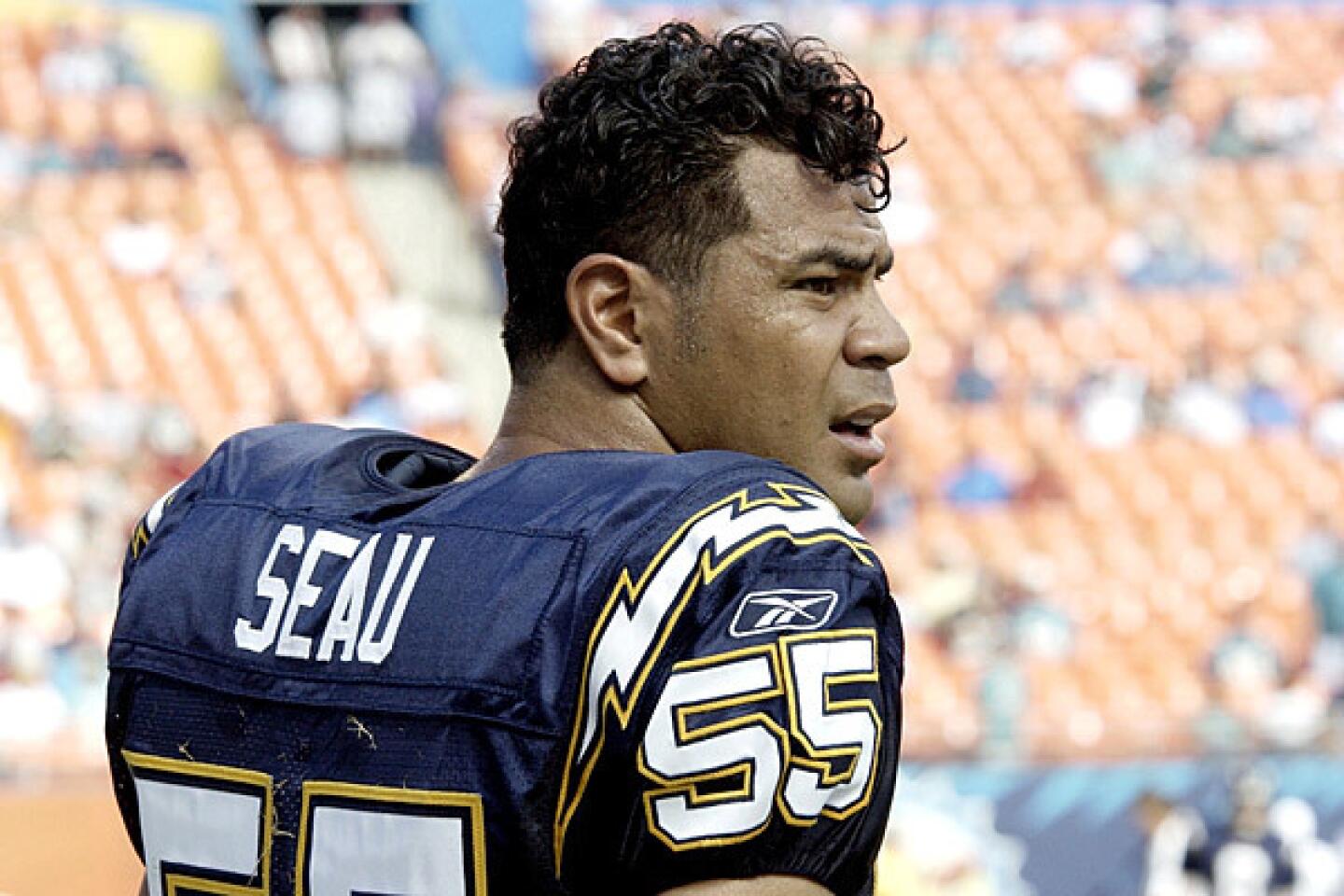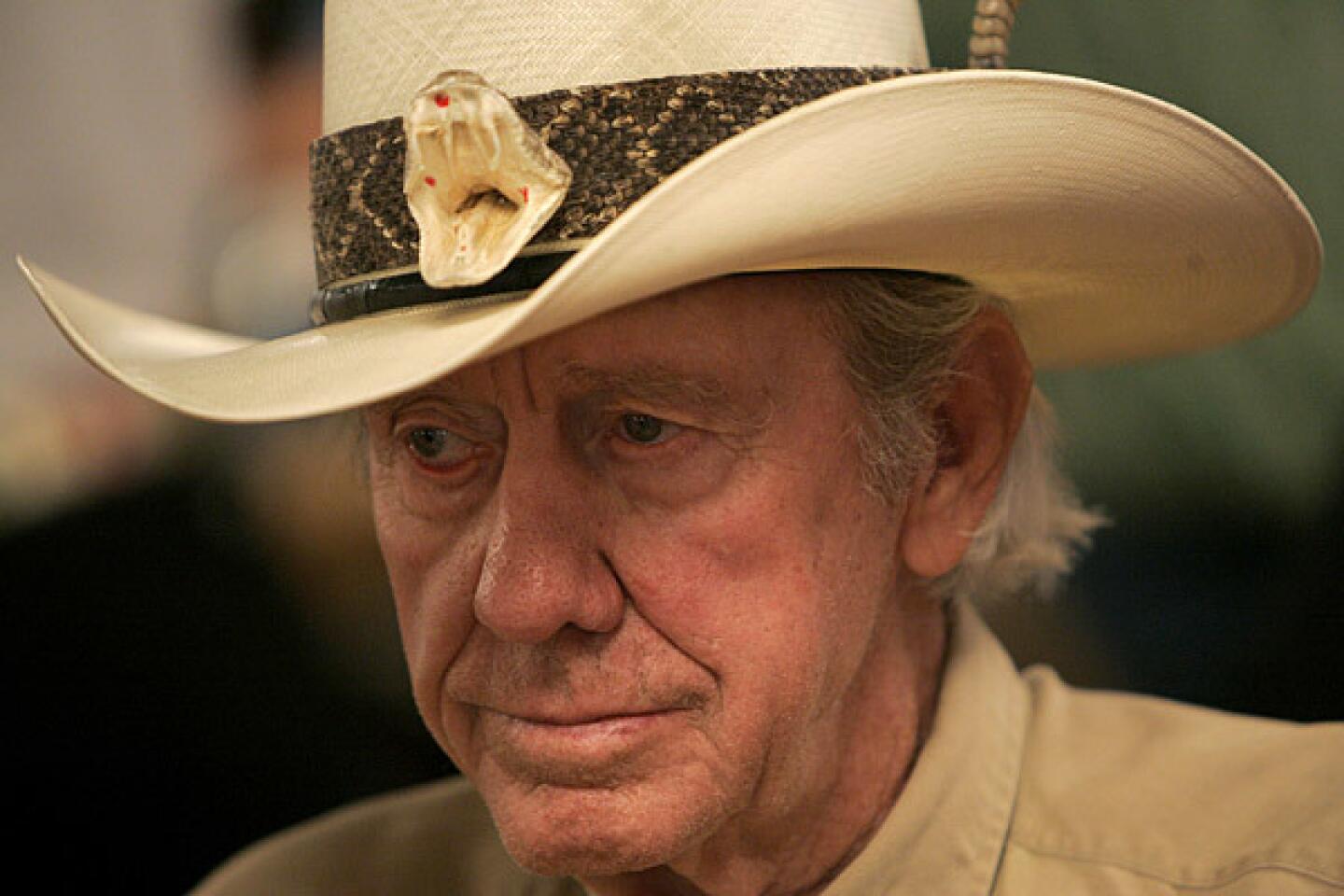Dr. William F. House dies at 89; championed cochlear implant
- Share via
Dr. William F. House, a dentist-turned-ear specialist who 50 years ago defied the medical establishment and many advocates for the hearing impaired to champion an implantable device, now widely accepted, that made everyday sounds audible to the profoundly deaf, has died. He was 89.
House, who led the venerable House Ear Institute in Los Angeles during much of the 1980s, died Friday of metastatic melanoma at his home in Aurora, Ore., said his daughter, Karen House.
An innovator who seemed to relish bucking convention, House was responsible for a number of major medical advances, helping to pioneer microsurgery techniques and a new approach to removing acoustic tumors. He also developed a successful surgery for an ear disease that had prevented astronaut Alan Shepard from returning to space.
But House was best known for his early and vigorous advocacy of the cochlear implant, an electronic device that stimulated the auditory nerve and helped the user recognize sounds.
He began to develop the device in the late 1950s after hearing of successful experiments by two European scientists. After publishing his initial results in 1961, he encountered heavy criticism from physicians who said the device was crude and could damage the ear. Representatives of the deaf community also were opposed, arguing that deaf people did not need to hear to be considered normal.
But House persevered and in 1984, 25 years after he first implanted a device in a patient, won crucial validation. That year the Food and Drug Administration approved the House cochlear implant for use in deaf adults, calling it the first device to replace a human sense organ.
Today, more than 200,000 people around the world have cochlear implants, according to the FDA.
“Cochlear implants have really changed the landscape for kids born with severe to profound hearing loss,” said Anne Oyler, an audiologist with the American Speech-Language-Hearing Assn. in Rockville, Md., who attributed much of the progress to House’s persistence. She said children who receive the technology and appropriate training can develop speech and language skills comparable to their hearing peers
Said Karl White, founding director of the National Center for Hearing Assessment and Management at Utah State University: “In the early days there were a lot of skeptics about cochlear implants, whether they made any sense at all. William House was one of the people who kept insisting there was potential here and that it needed to be pursued.... Without his contribution, it would have taken years longer, if not decades, to reach the point where we are now.”
House was born in Kansas City, Mo., on Dec. 1, 1923. He moved with his family to Los Angeles when he was 3. He followed his father, Milus M. House, into dentistry, earning a doctorate in dental surgery from UC Berkeley in 1945.
After World War II he performed face and jaw reconstruction as a Navy dentist, an experience that spurred him to pursue medicine. At USC, where he earned his medical degree in 1953, he became an ear, nose and throat specialist. He eventually focused on disorders of the ear like his older half brother, Dr. Howard House, who in 1946 had founded the House Ear Institute (later renamed the House Research Institute).
To avoid confusion, institute employees called William Dr. Bill and his brother Dr. Howard. They were among nine doctors in their extended family, which includes Howard’s son, Dr. John House, the institute’s current president, who talked President Reagan into a hearing aid in 1983.
One of William House’s most famous patients was Shepard, who in 1961 became the first American to journey into space but later was grounded by vertigo from an inner ear infection known as Meniere’s disease. House, who had developed the first successful surgery for the syndrome, operated on Shepard, who was declared fit to return to space on Apollo 14 in 1971.
The astronaut invited House and his wife, June, to watch the launch at Cape Canaveral and later spoke to the doctor through a radio hook-up at NASA headquarters in Houston. “I’m talking to you through the ear that you operated on,” Shepard told House in a conversation that was portrayed in Tom Hanks’ HBO series “From the Earth to the Moon.”
During the 1960s William began working with Jack Urban, a Burbank electronics engineer, to build the cochlear implant that was manufactured by the 3M company for several years, until about 1987. The device consisted of a wire threaded into the auditory part of the inner ear called the cochlea, a microphone and a battery carried in the user’s pocket. It enabled people with profound hearing loss to discern sounds like car horns and slamming doors but was not sophisticated enough to accurately relay speech. House’s implant patients described the sound quality as similar to “a radio not quite tuned in.”
FOR THE RECORD:
An earlier version of this article said 3M made the House cochlear implant from 1972 to about 1987, but 3M did not become involved until the late 1970s. The story also said that William House was president of the House Research Institute in the 1980s; it was still called the House Ear Institute then.
Some of the resistance to the device came from doctors who said patients should wait for better implants that would allow them to hear words, but House dismissed such arguments.
“If a patient has no leg, shall I wait until our tissue transplantation has progressed far enough that I can transplant a leg that will work as well as yours or mine, or shall I offer him a peg or a wooden leg?” House said in The Times in 1973. “I shall offer him a peg....”
John House said his uncle never sought a patent for the House implant. “He and his brother Howard felt that anything we developed should be shared for the betterment of mankind,” he said. The House cochlear implant fell out of favor in the late 1980s when more sensitive, multi-channel devices came on the market. But patients seeking implants with the latest technology still flock to the House institute, including celebrities like Rush Limbaugh, the radio host who received his “bionic ear” after experiencing sudden hearing loss in 2001.
House, who moved to Oregon in 2000 after retiring from private practice, is survived by his daughter Karen of Los Angeles, son David of Aurora, Ore., three grandchildren and two great-grandchildren. His wife, June, died in 2008.
The physician said he did not believe age should bar anyone with hearing loss from the pleasures and practicalities of sound.
“Deafness is such a horrible thing,” he told an audience at Brigham Young University in 1997. “If a person can hear in their last years of life, I think it’s worth it. I recently put an implant in a 95-year-old man. He got married after that.”


